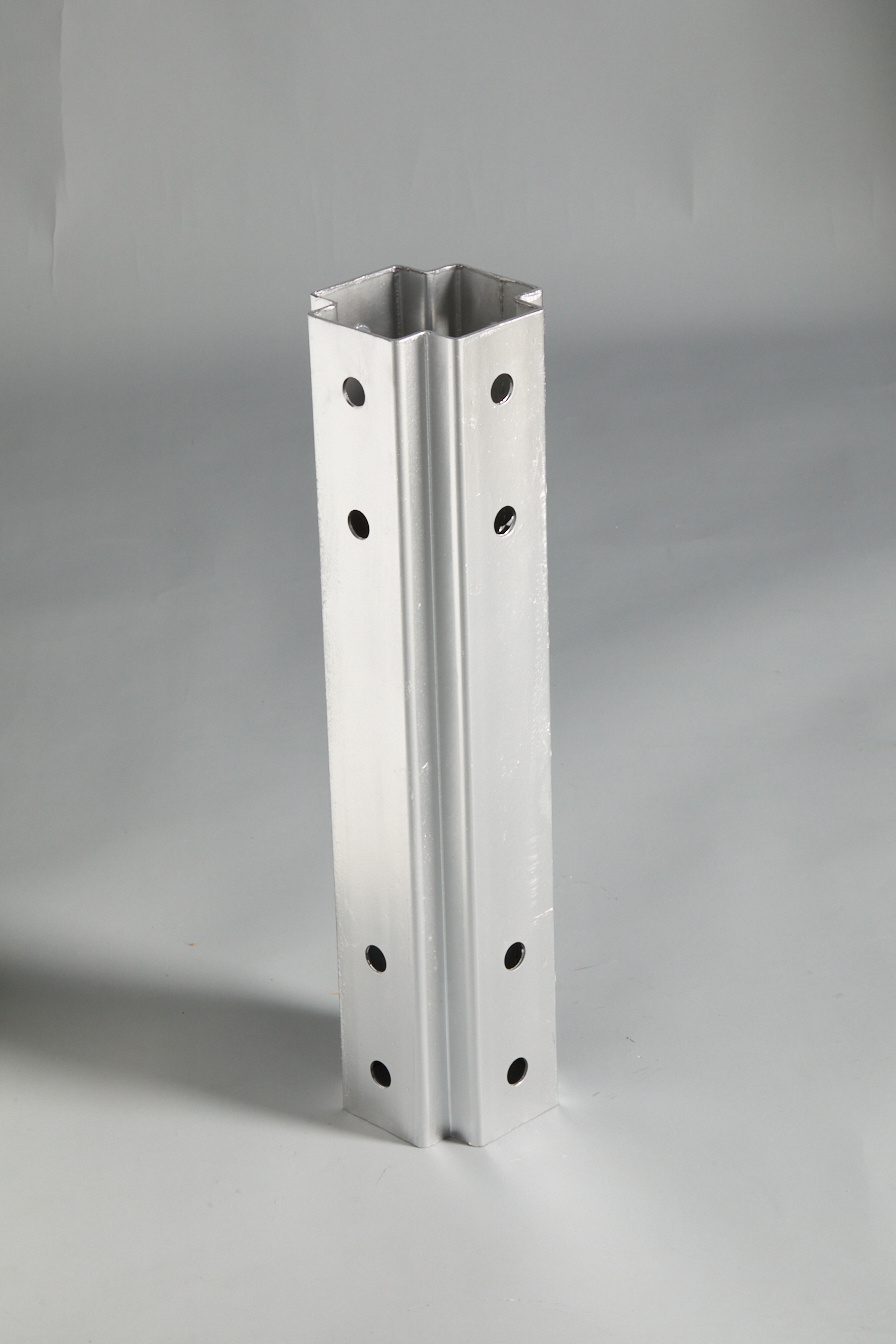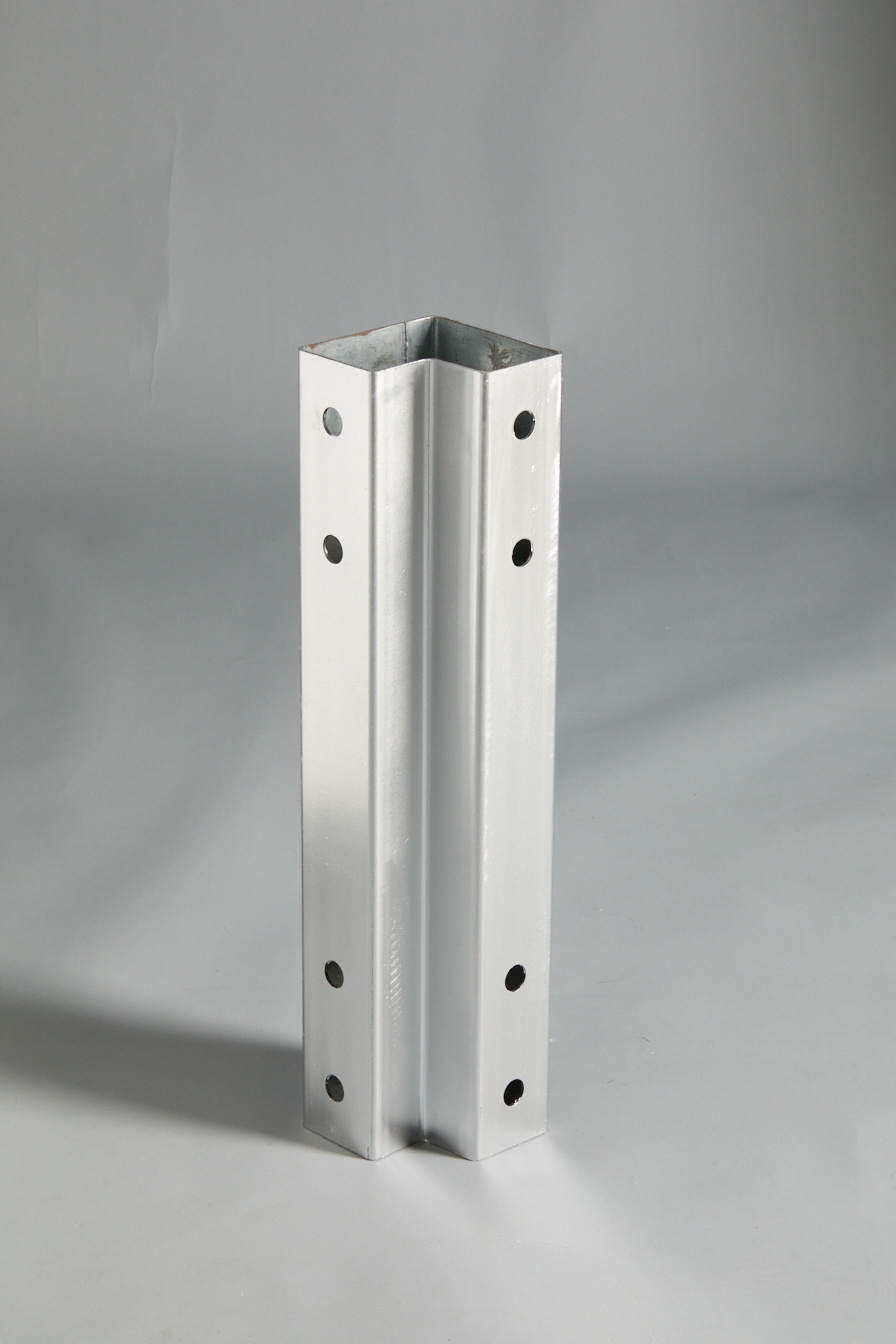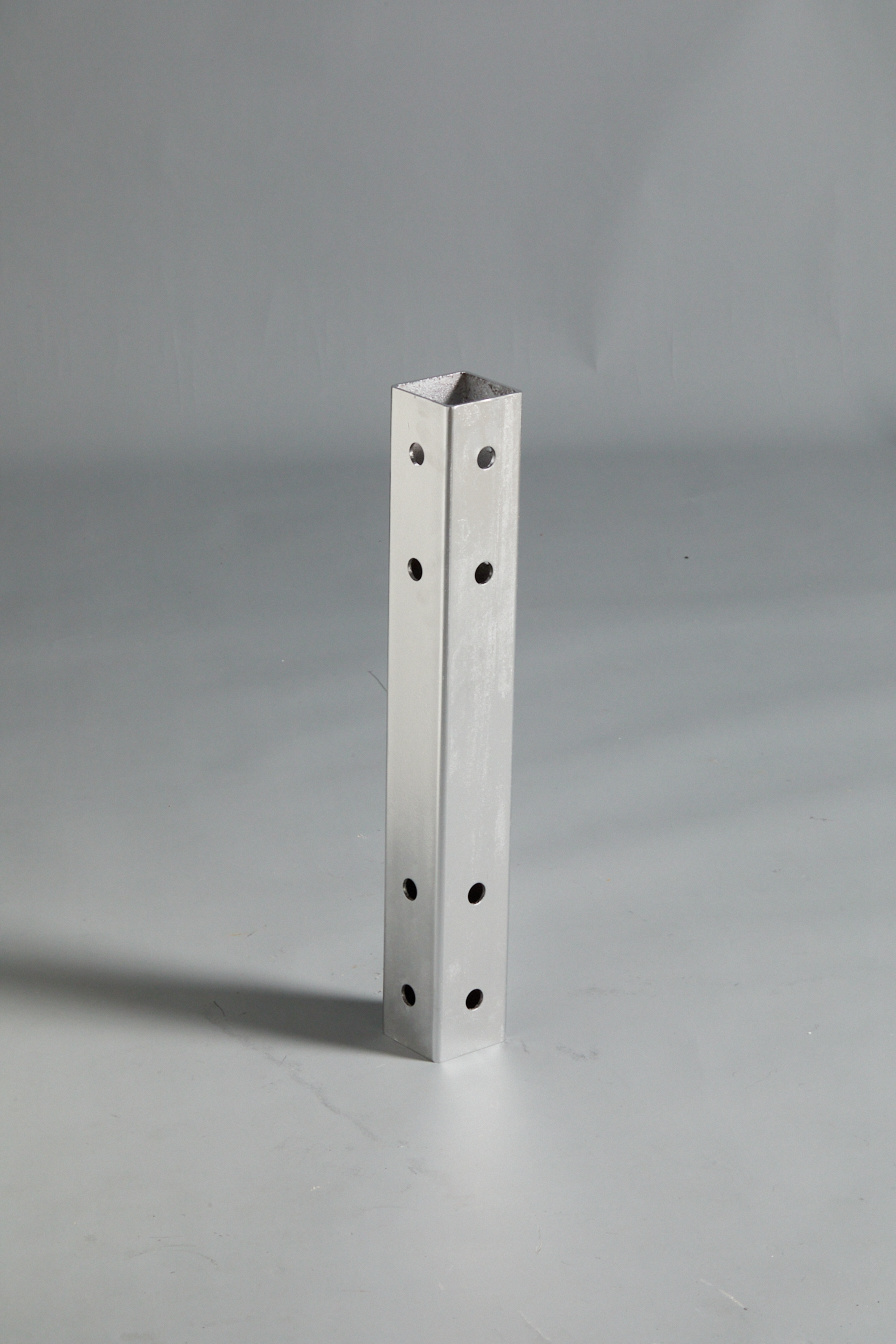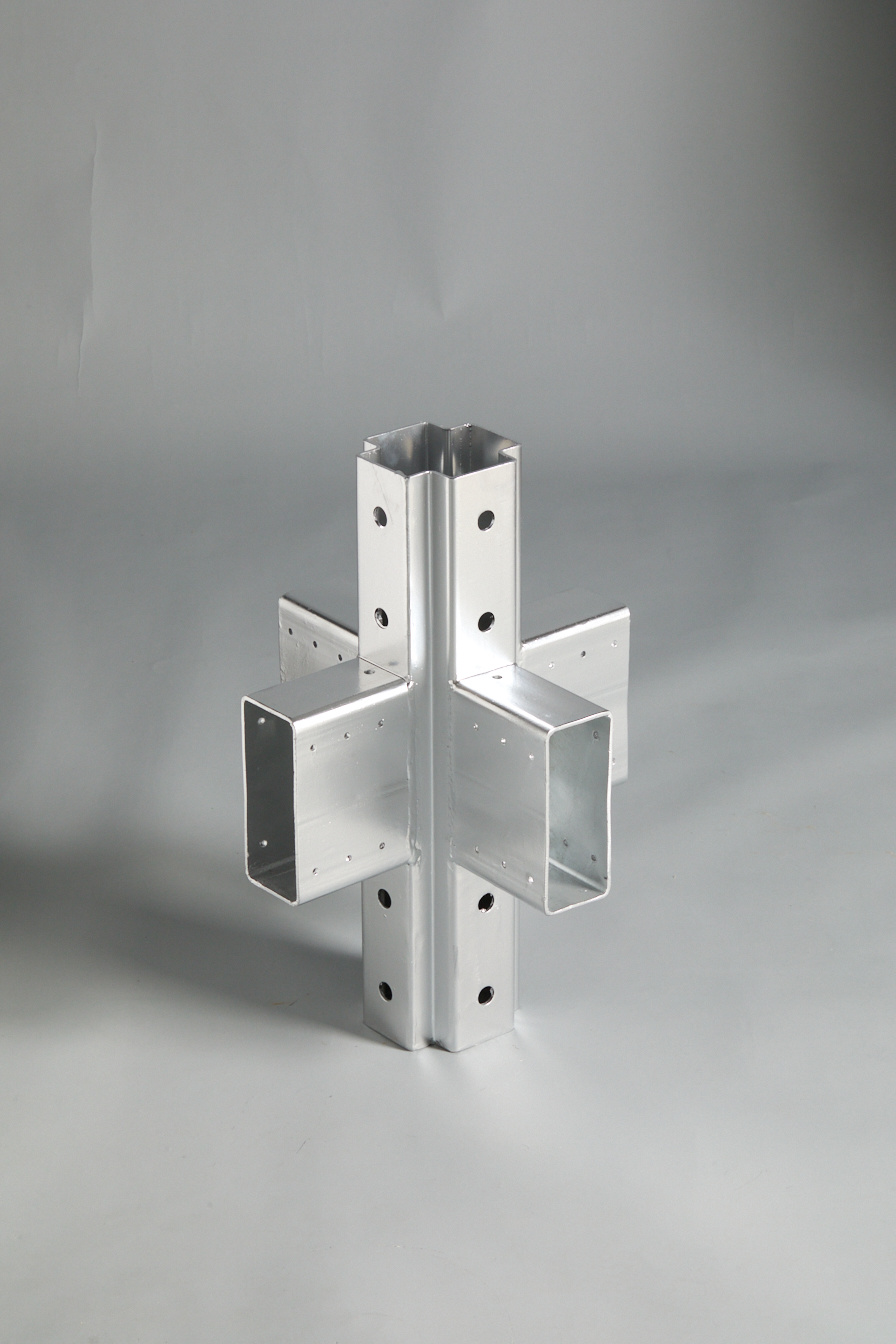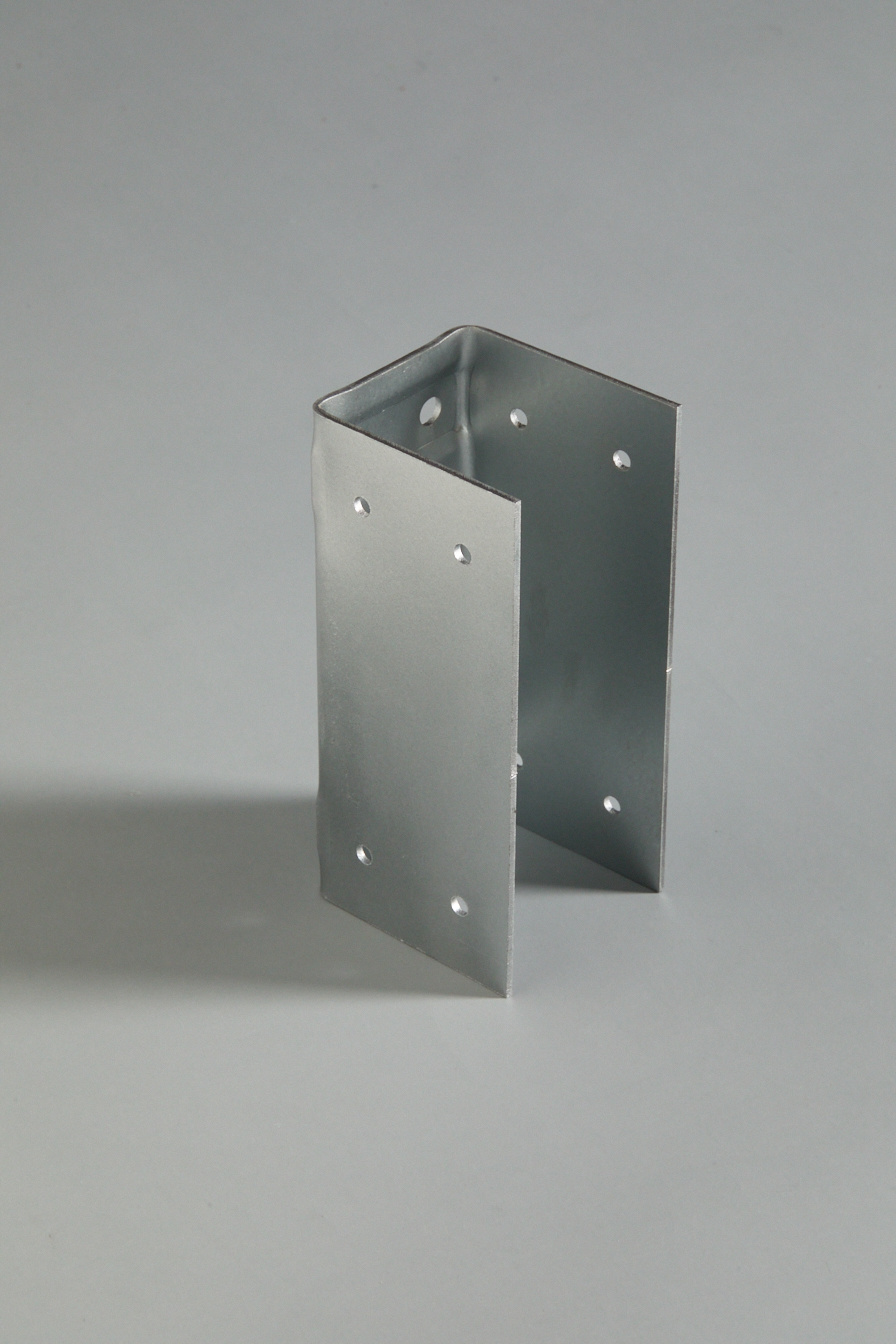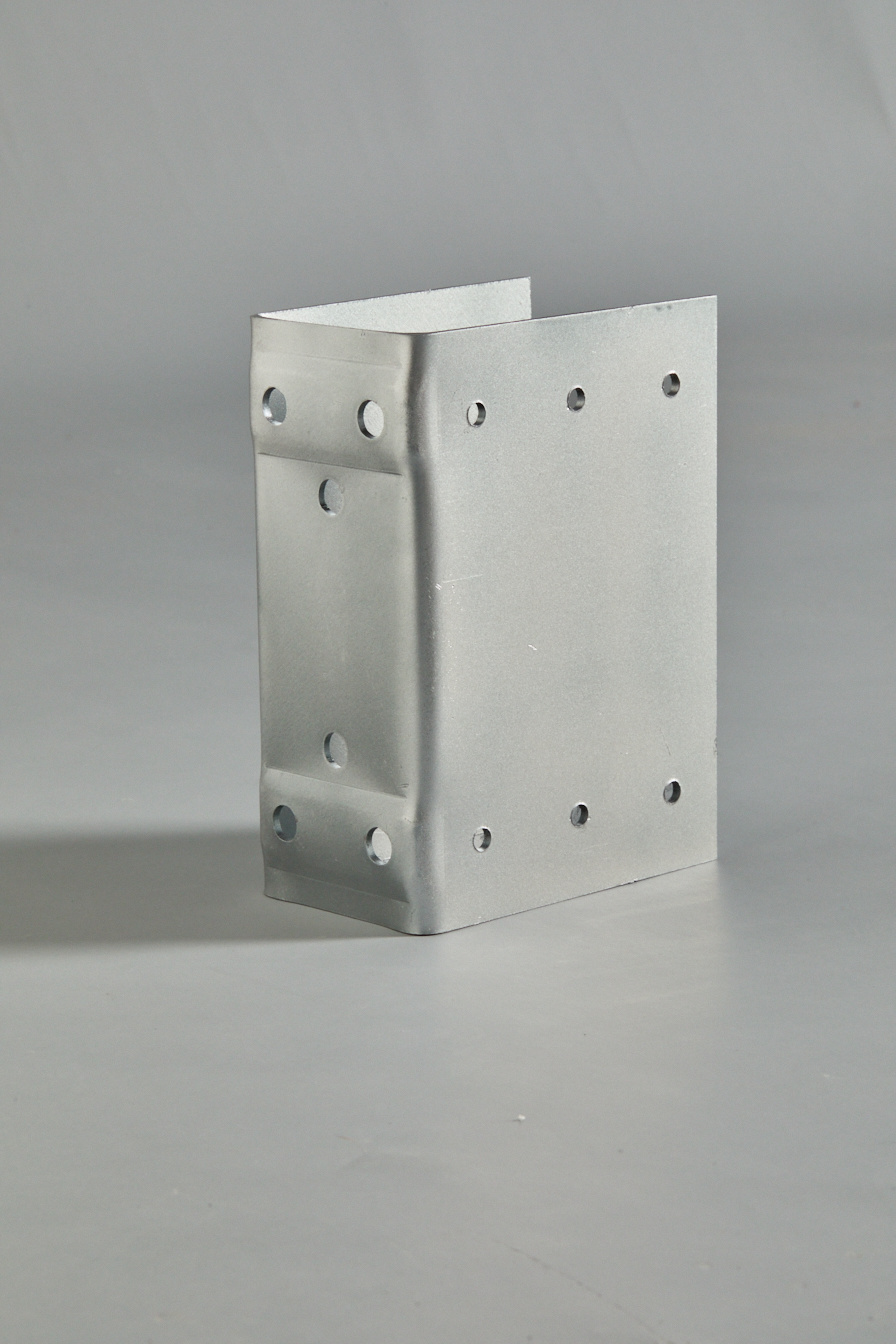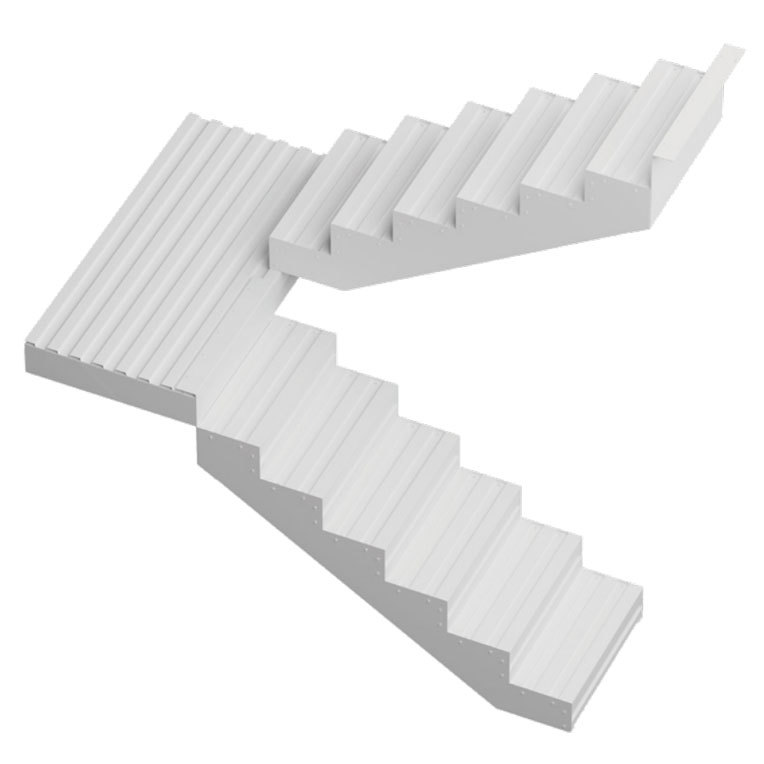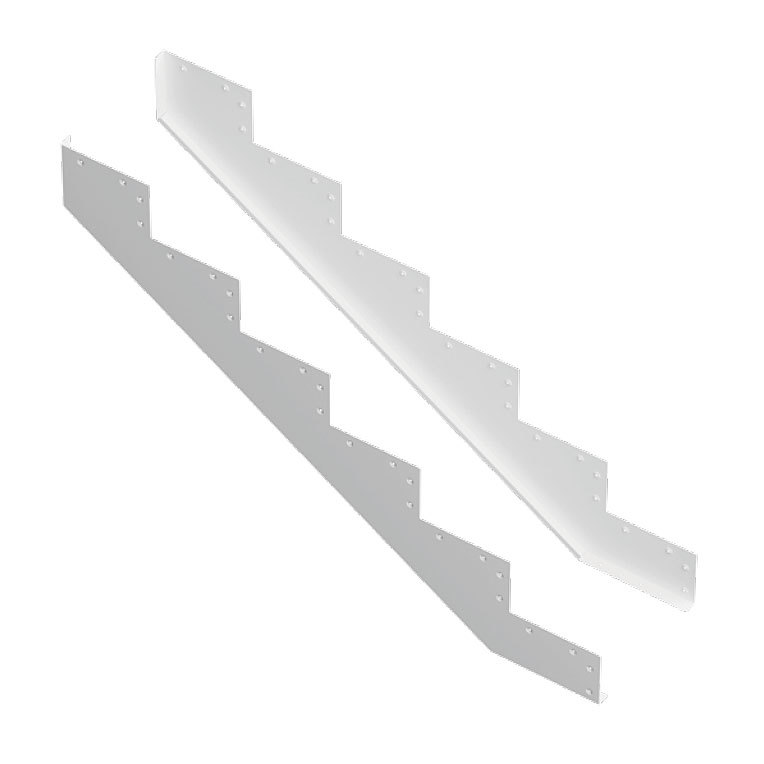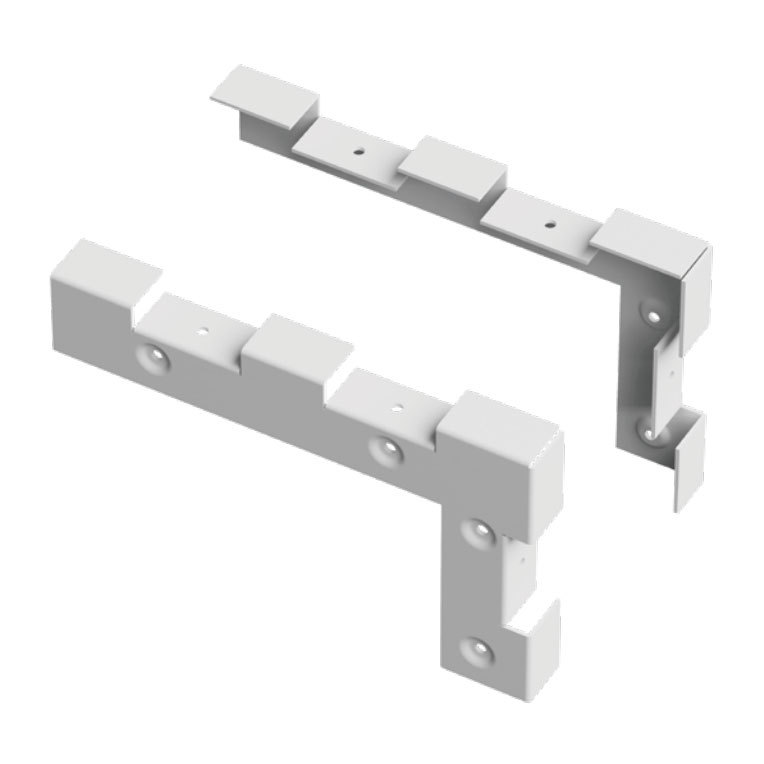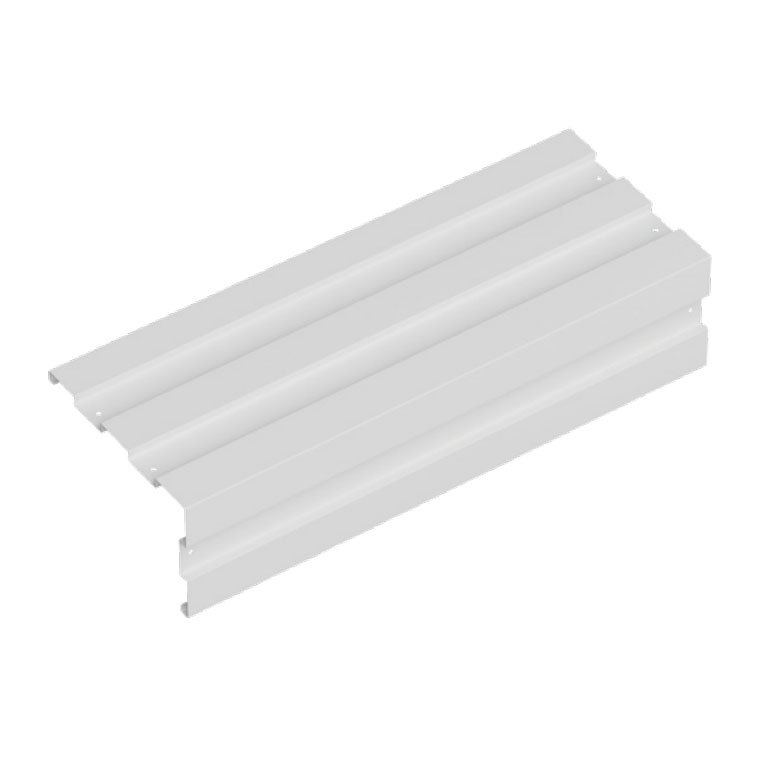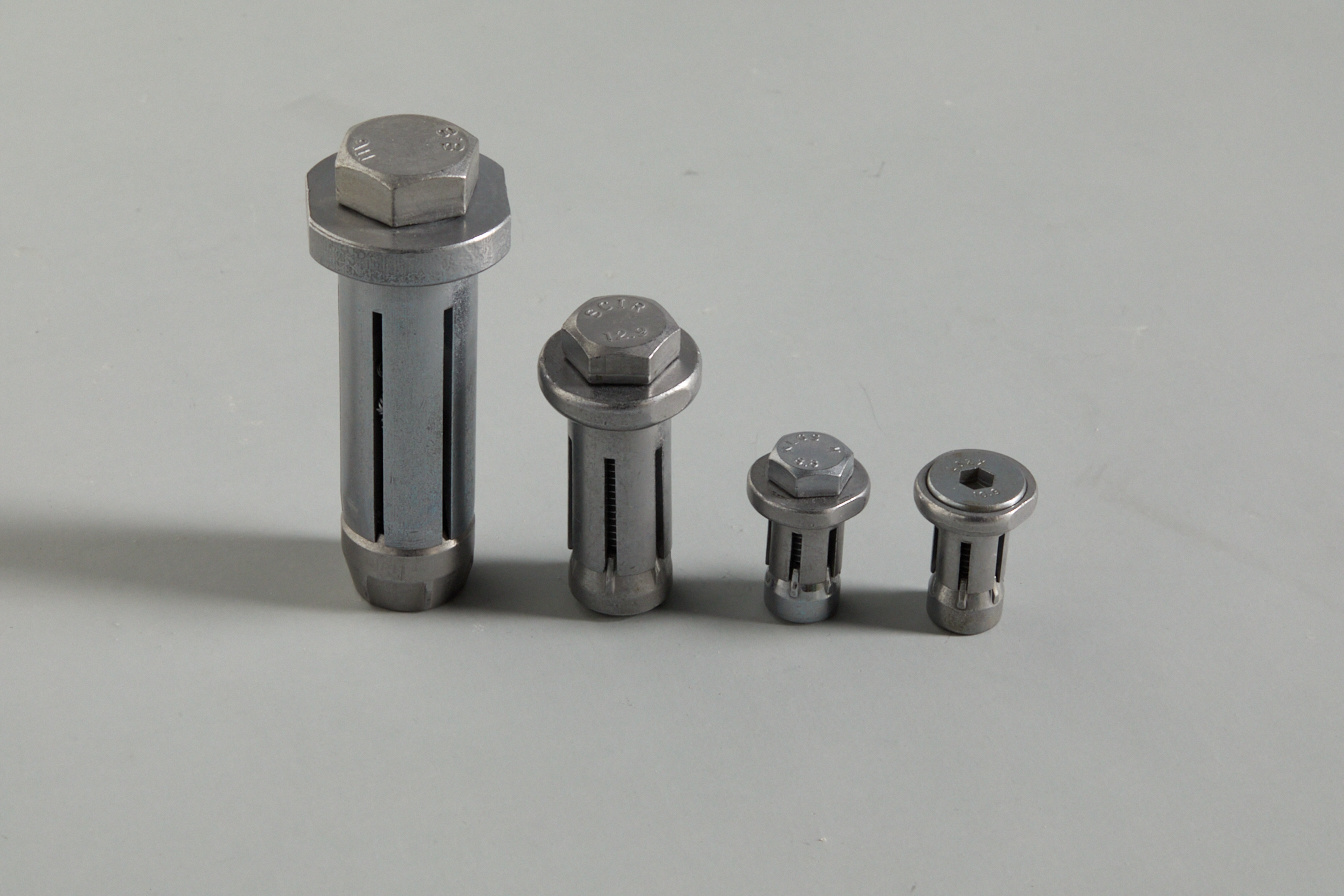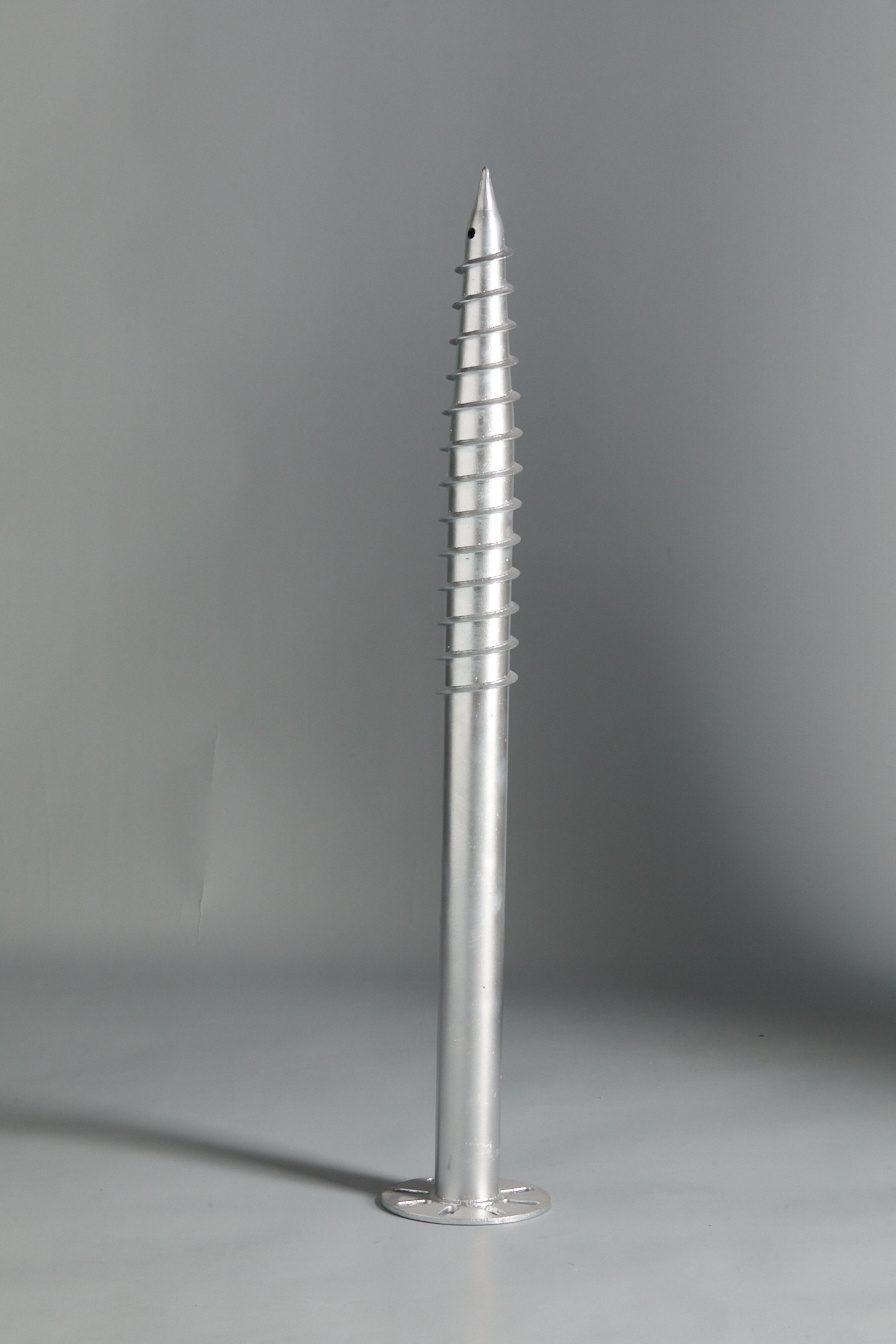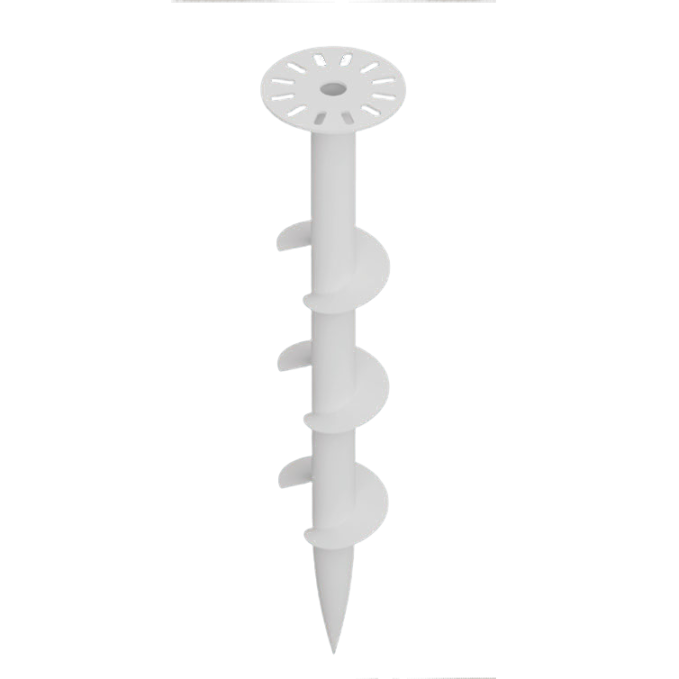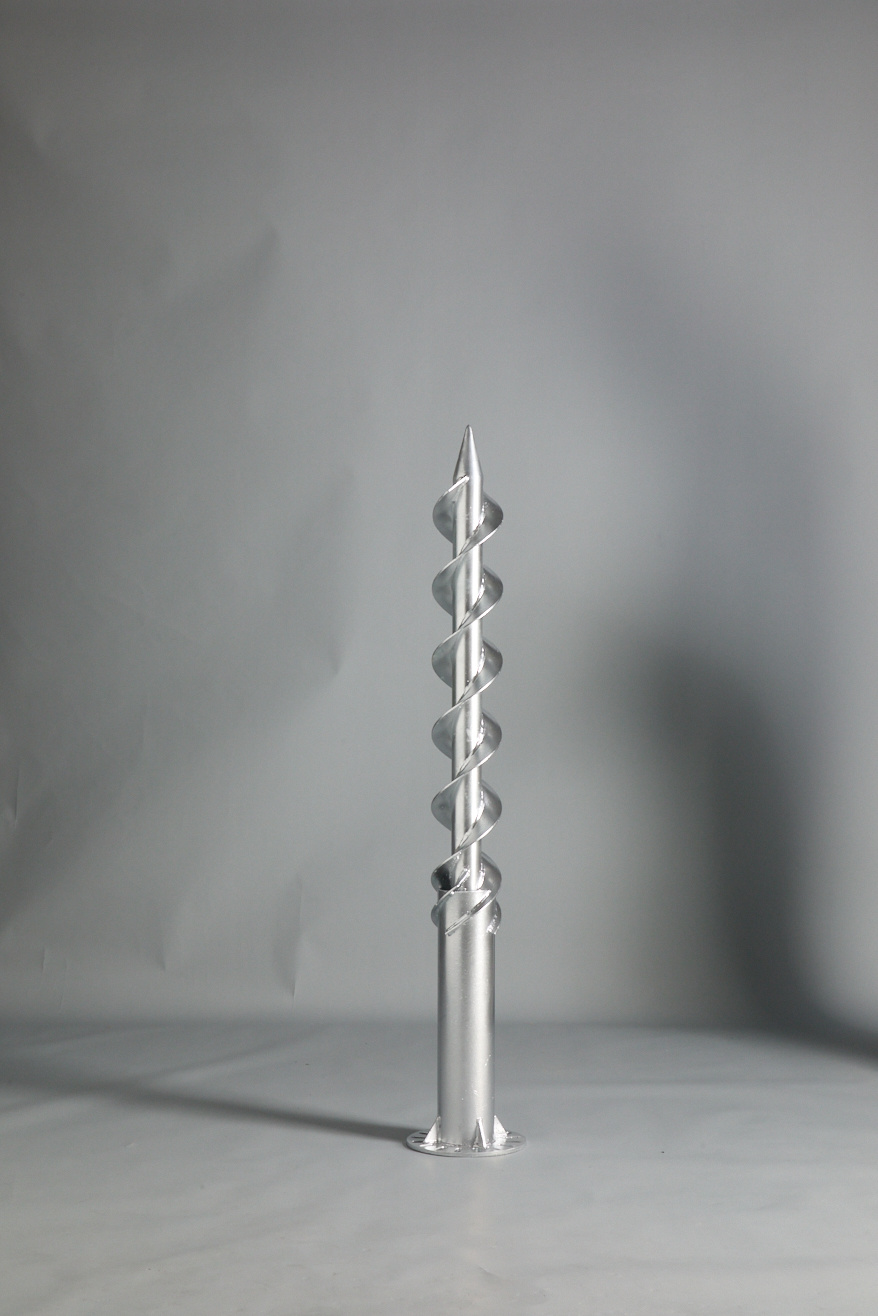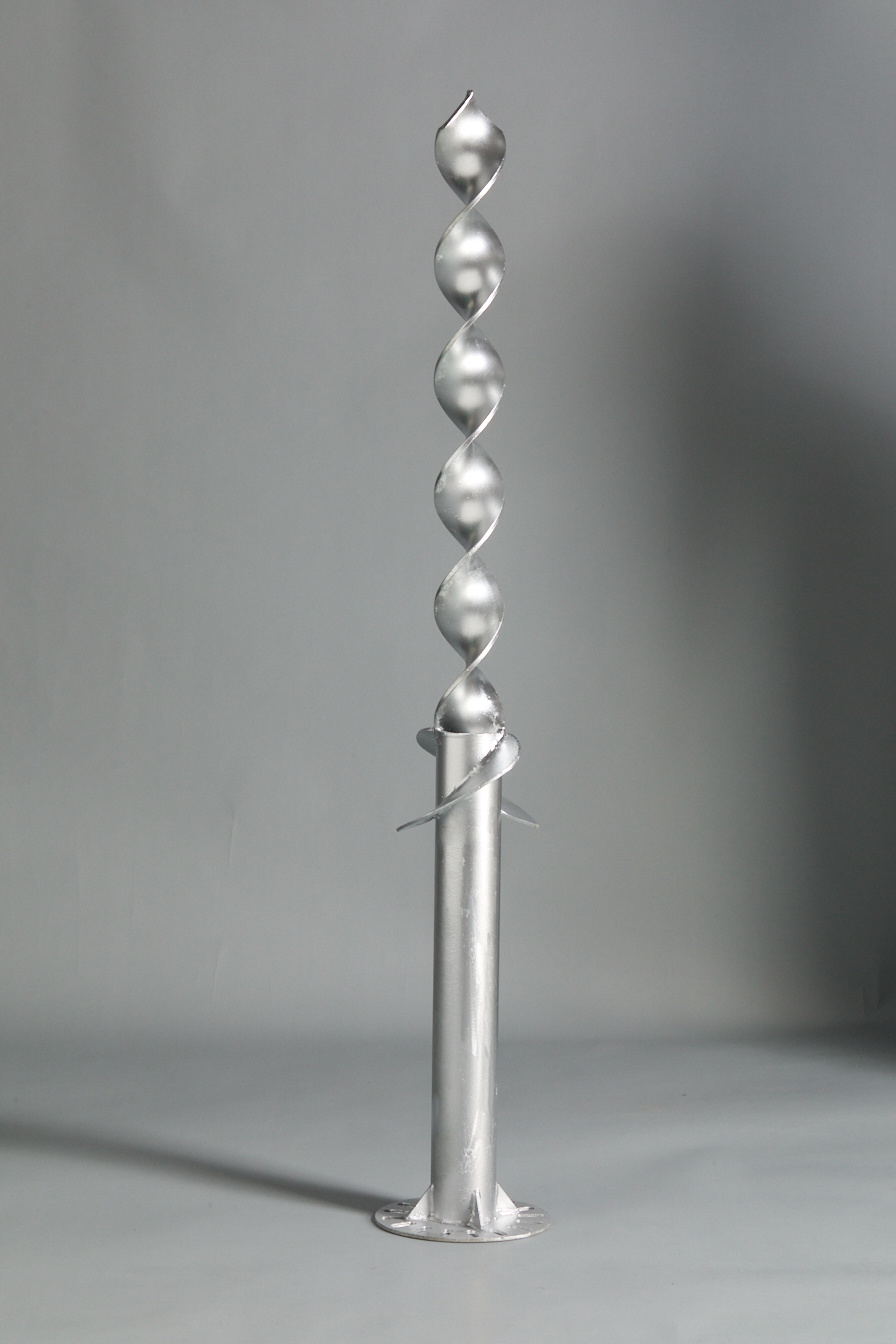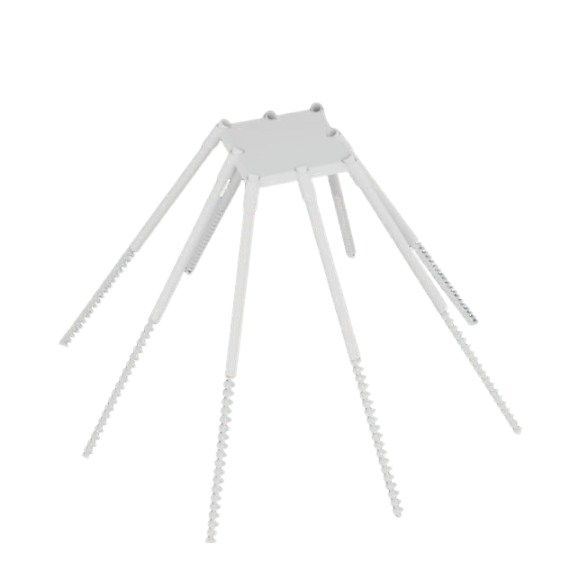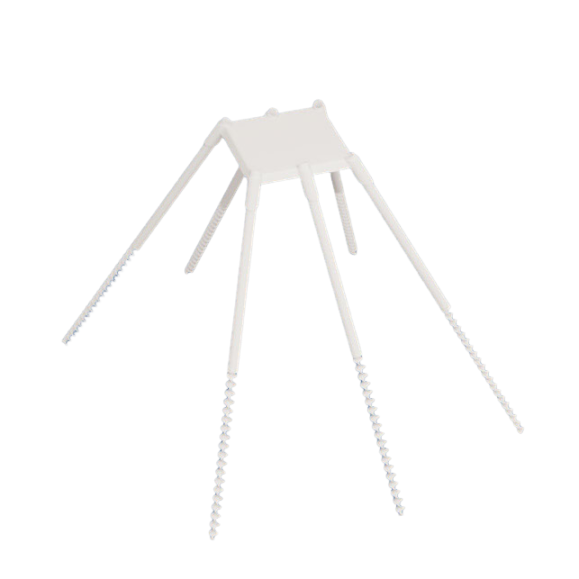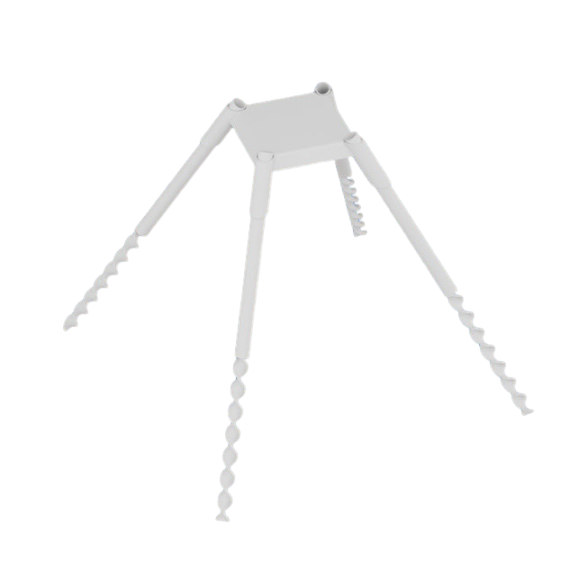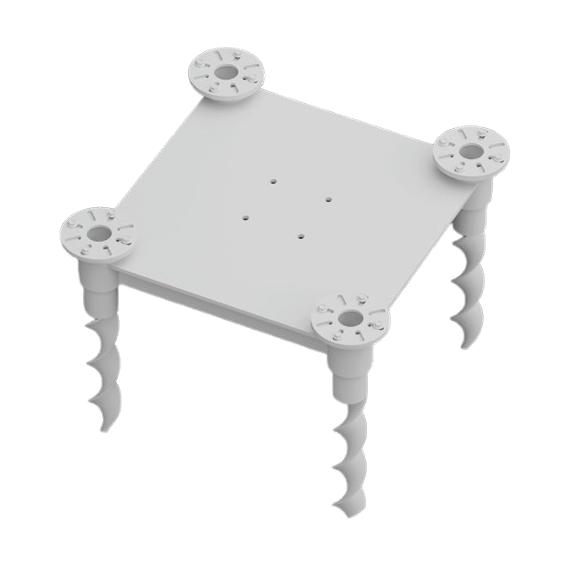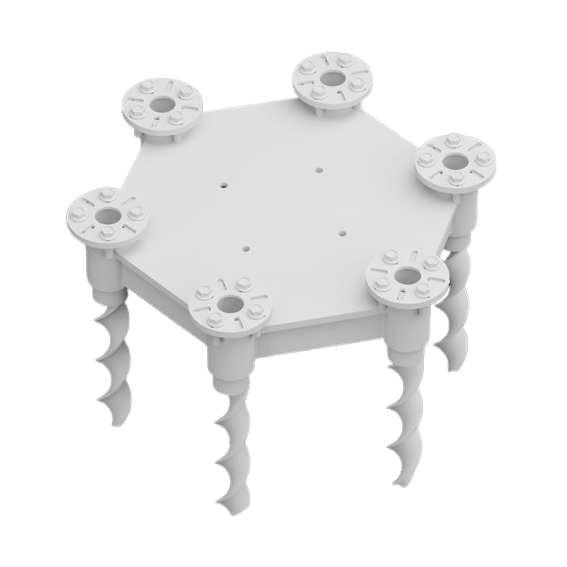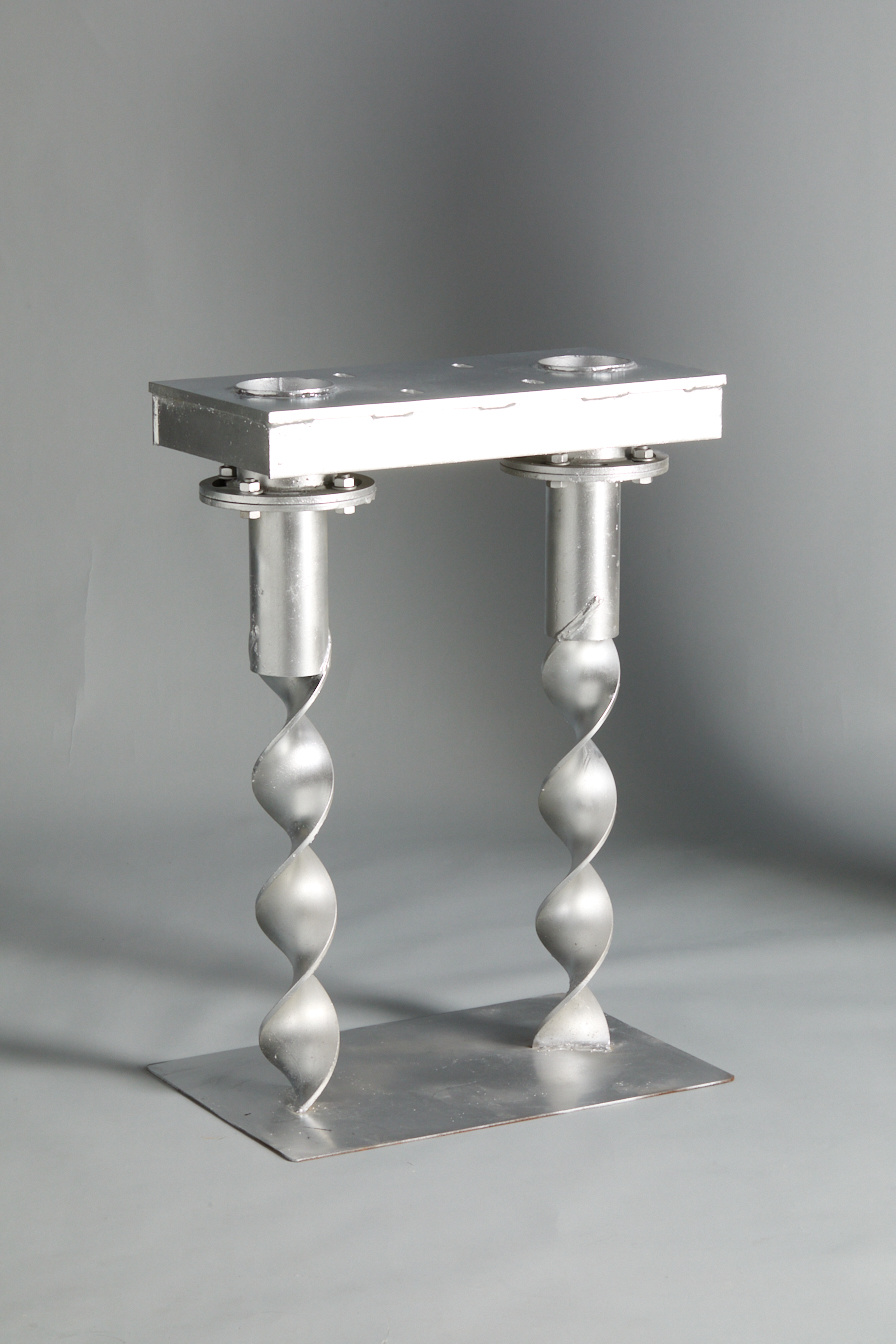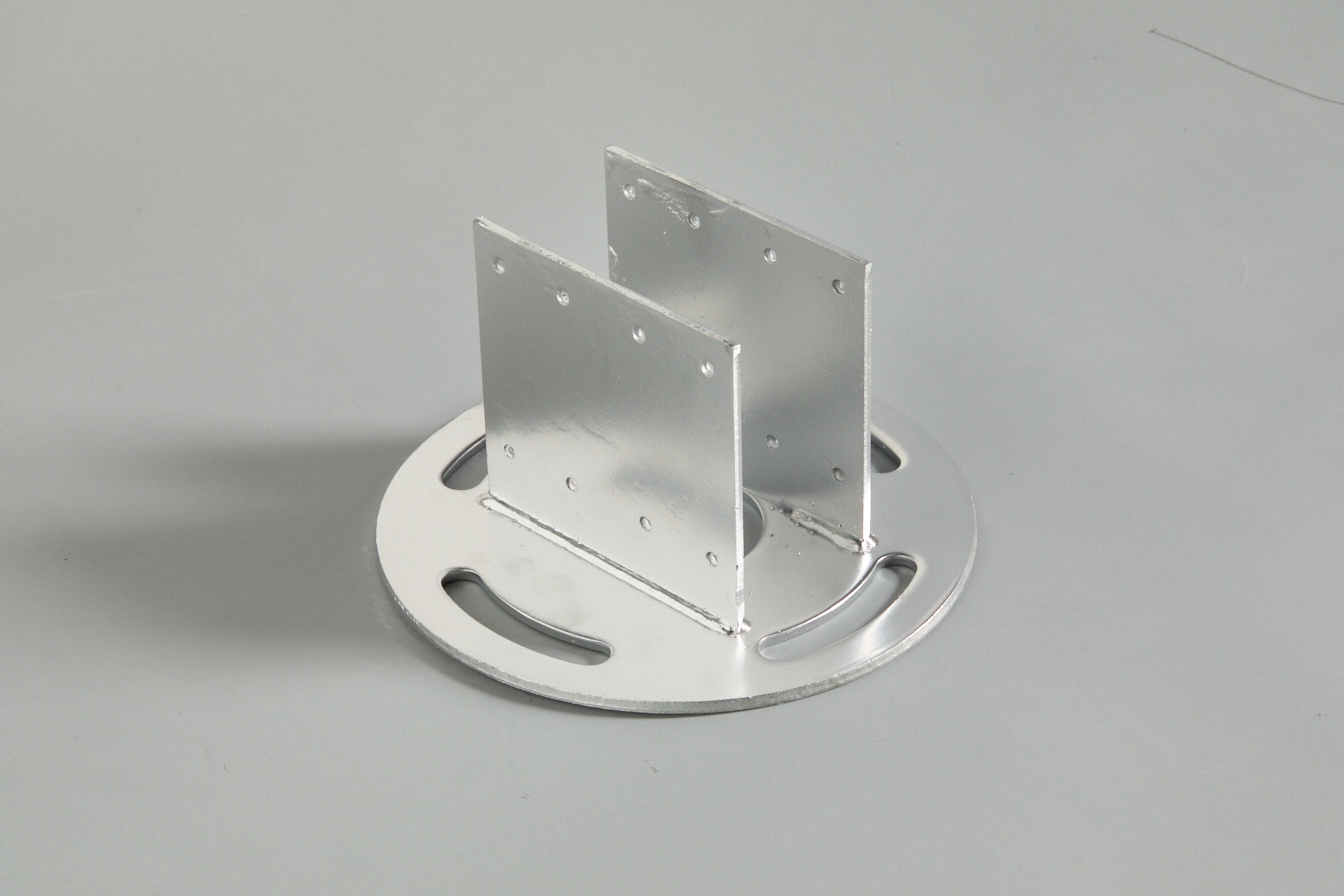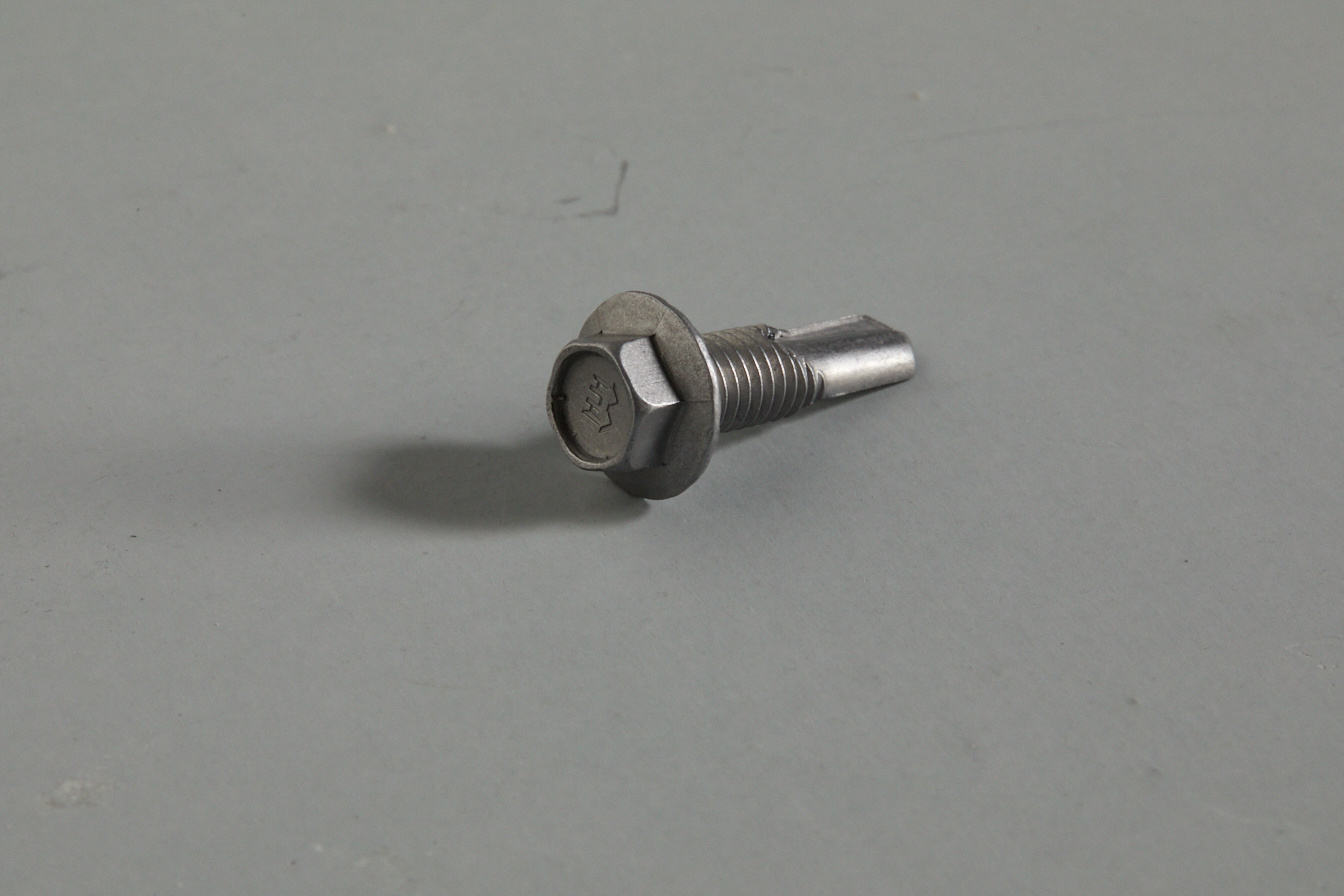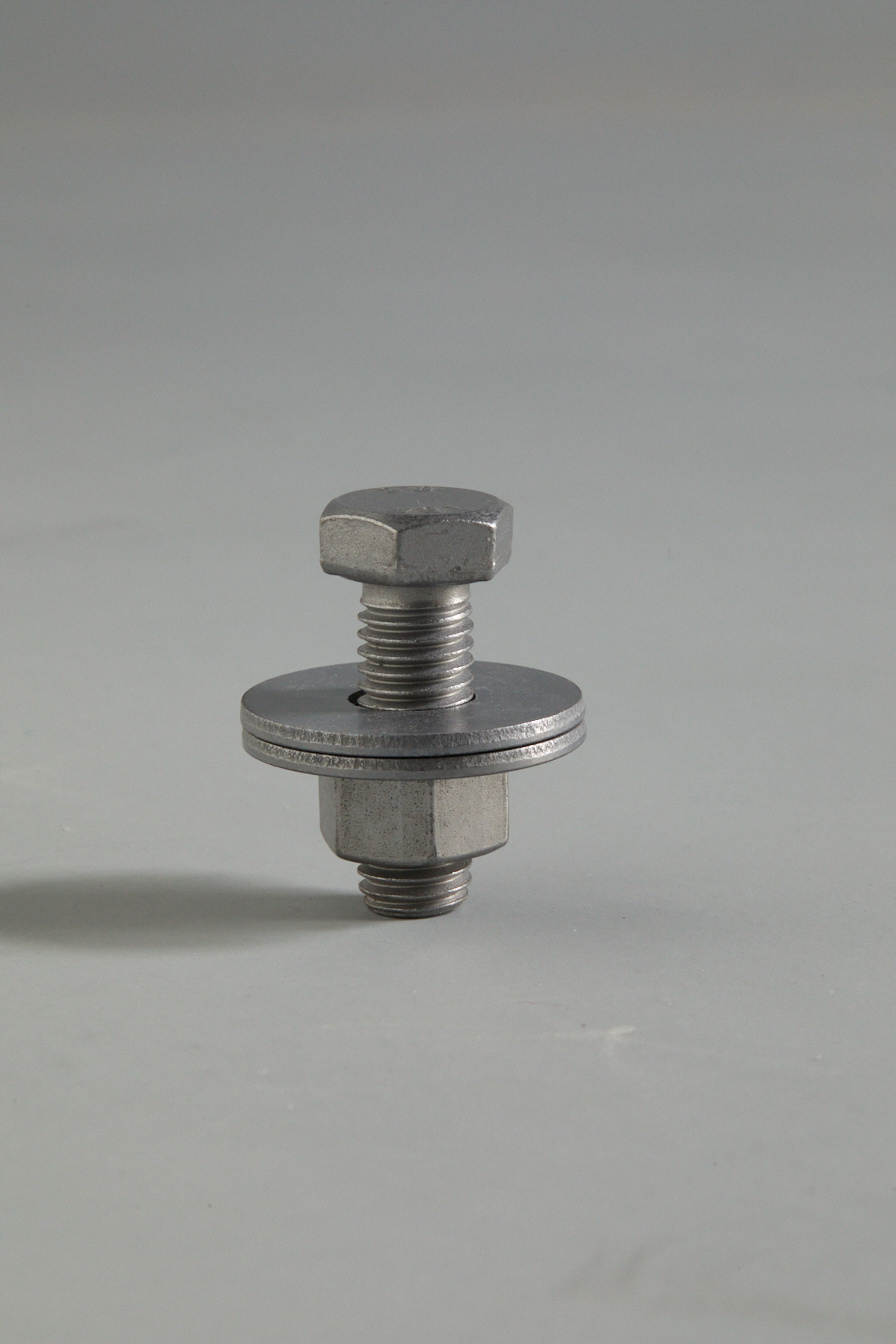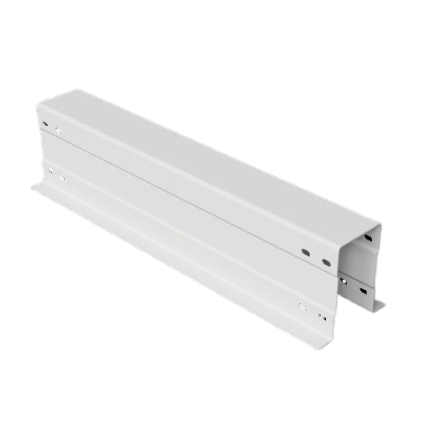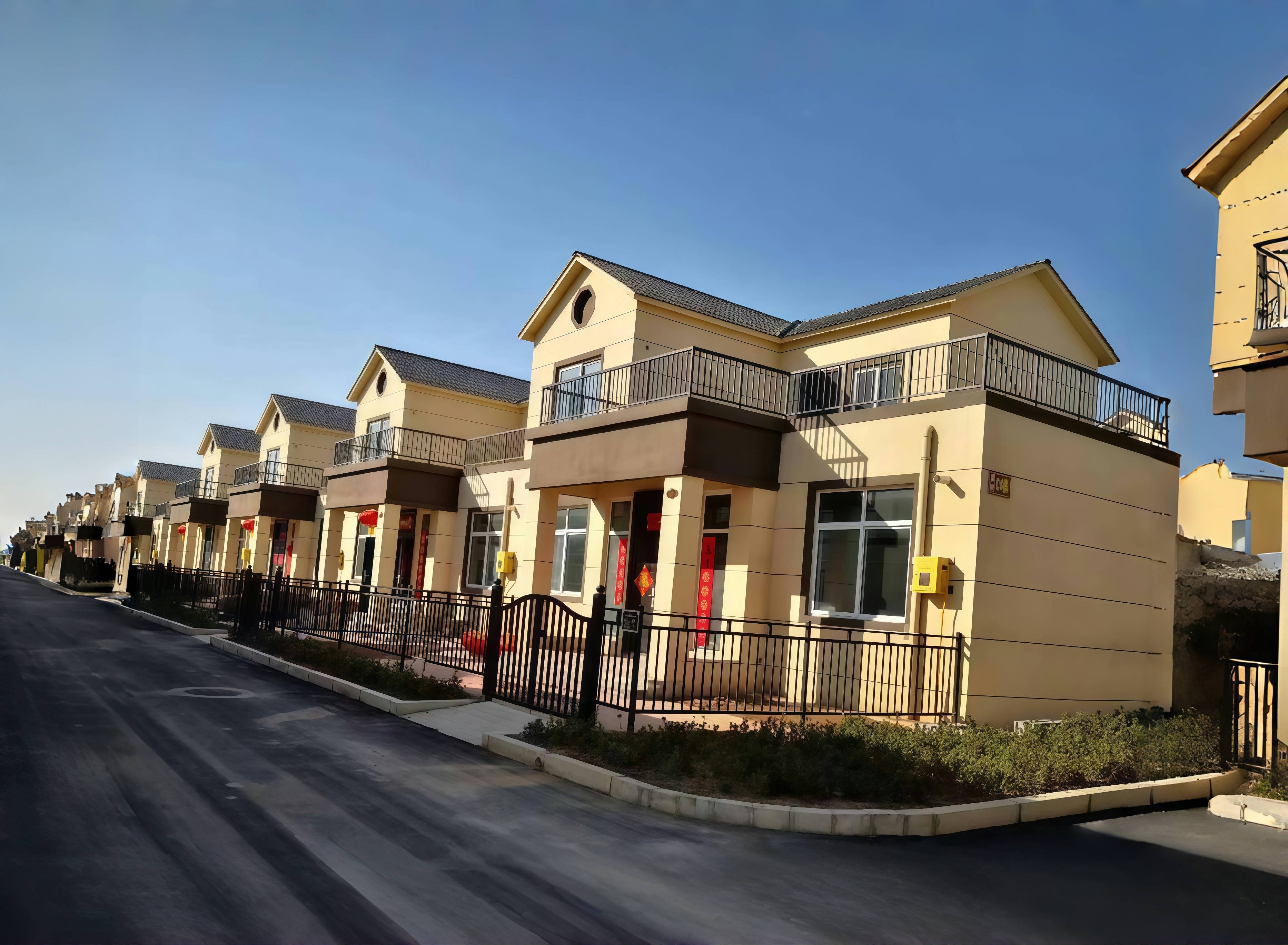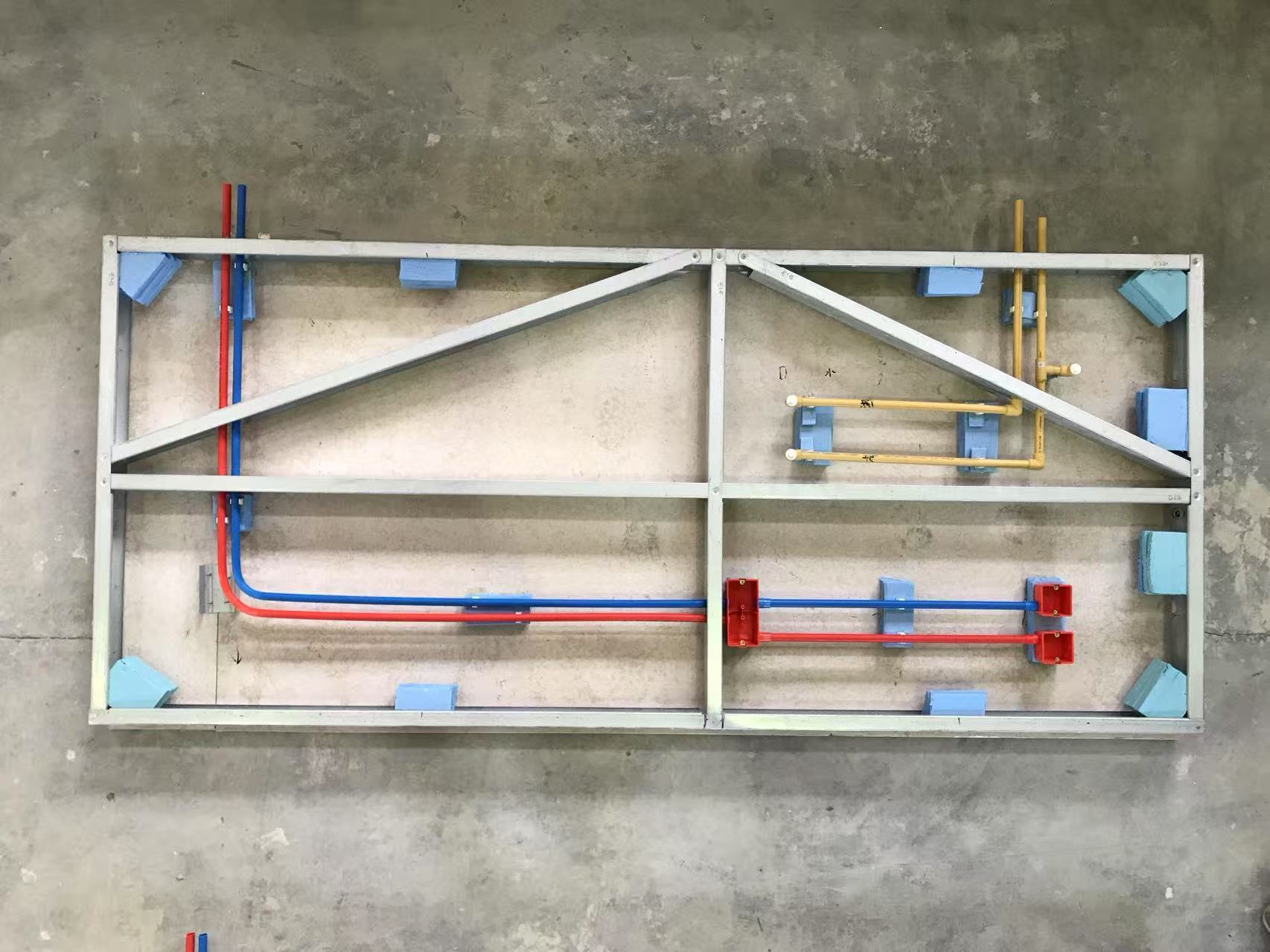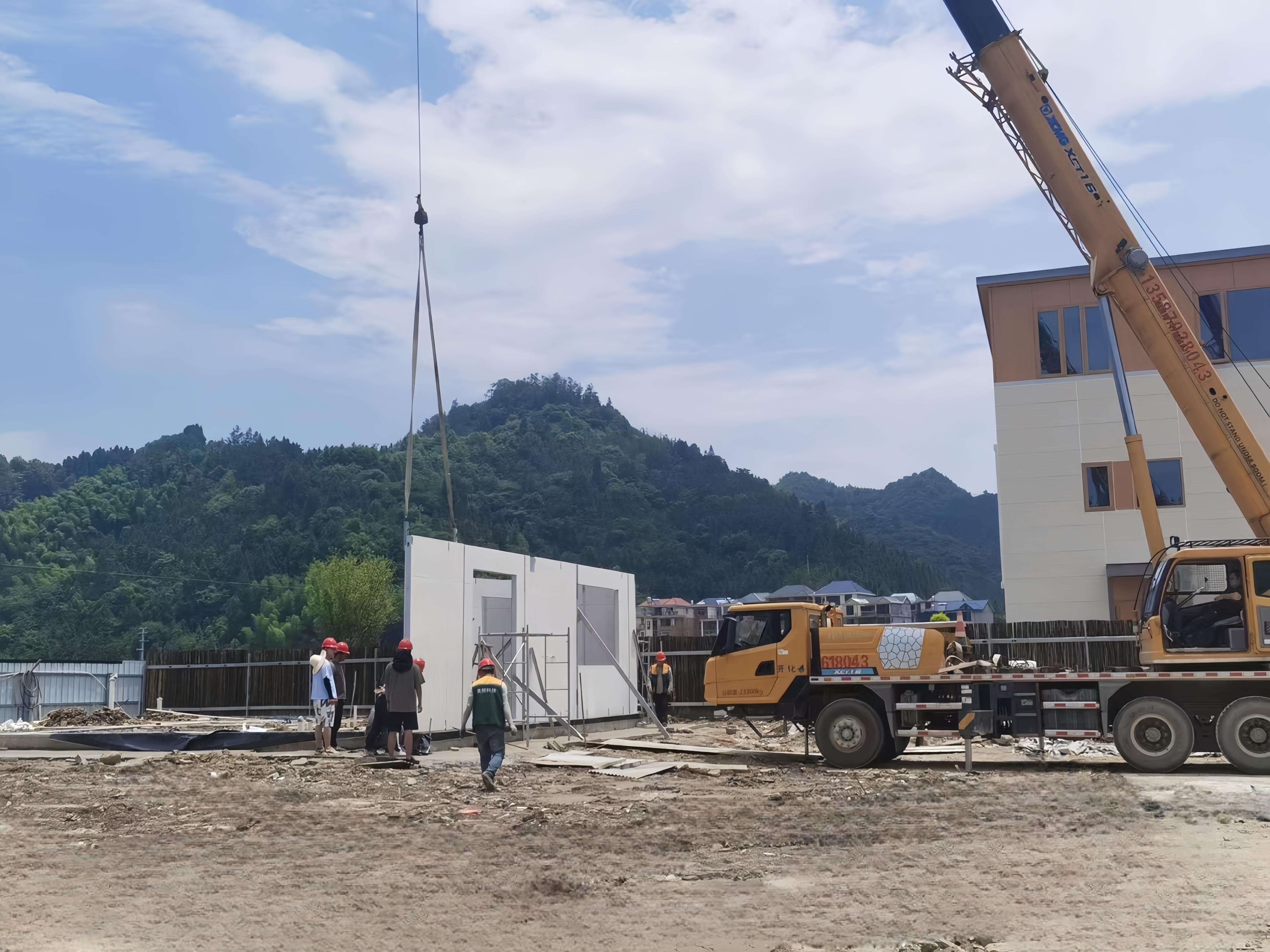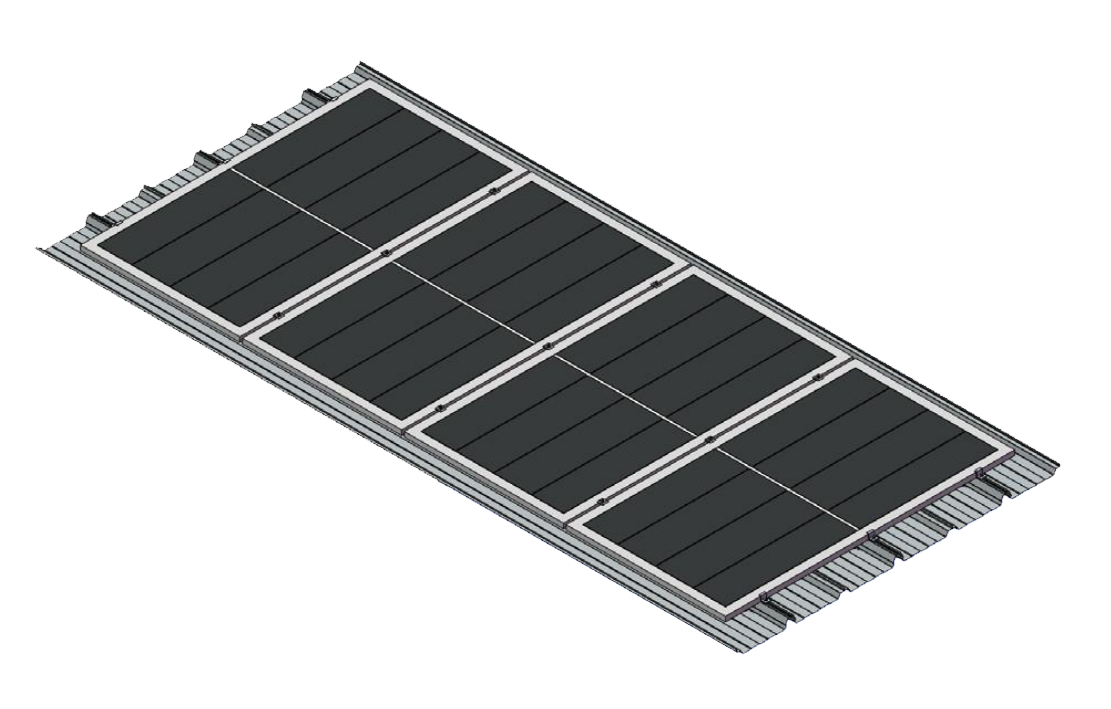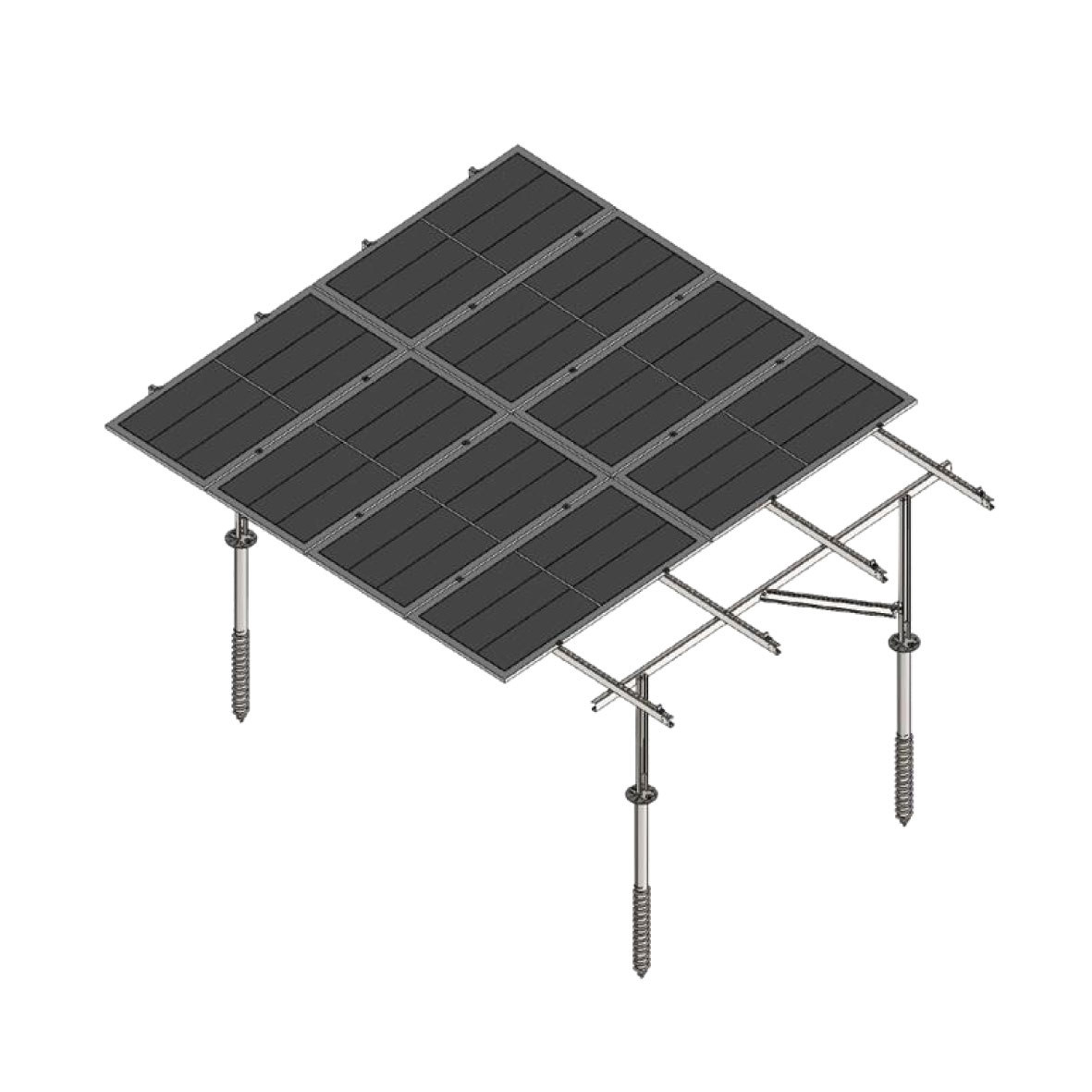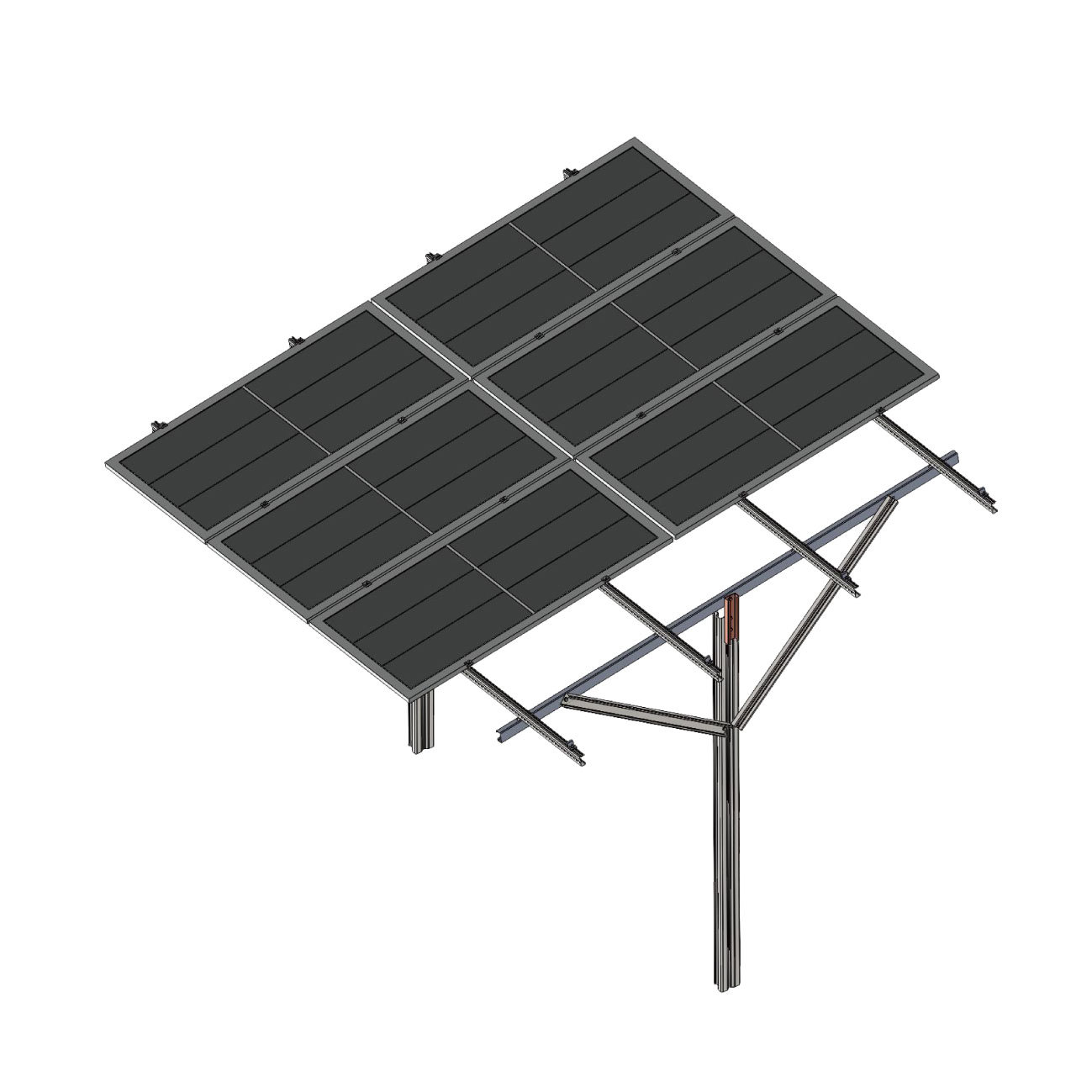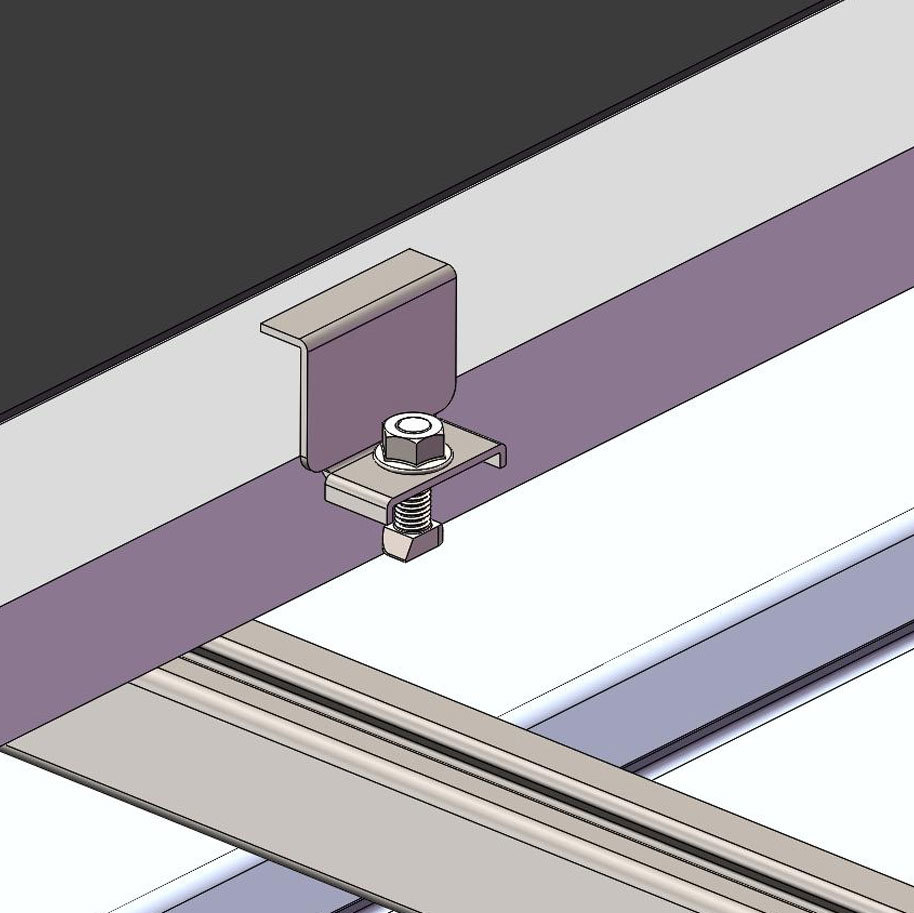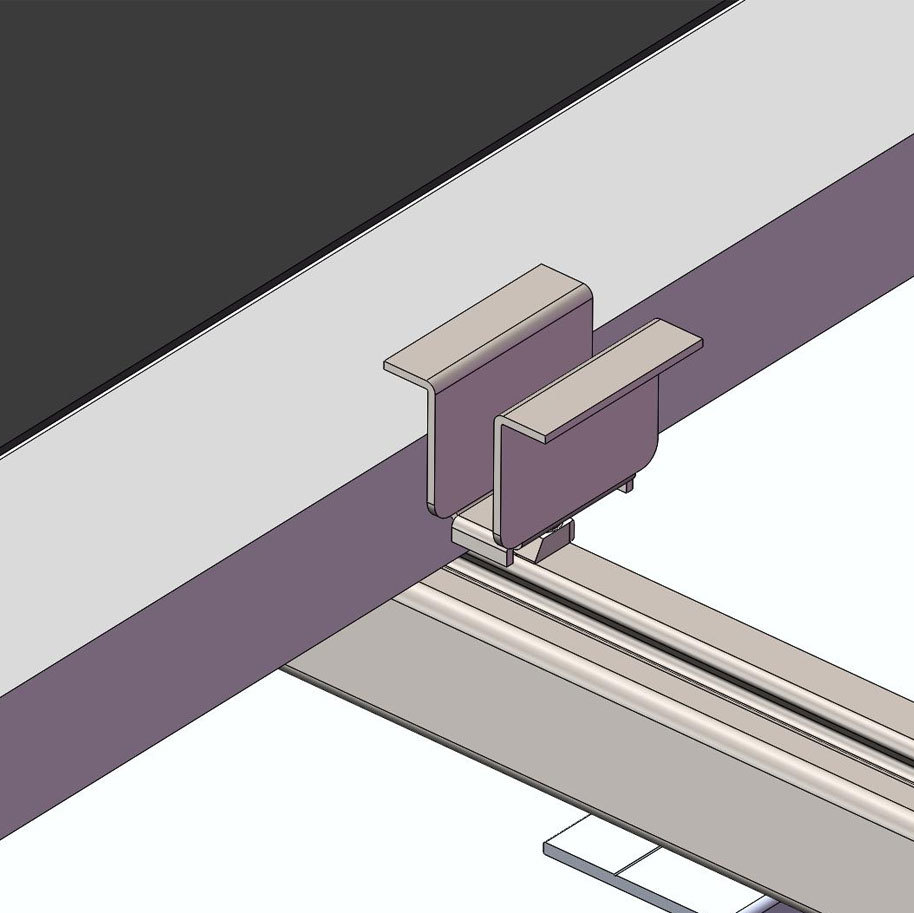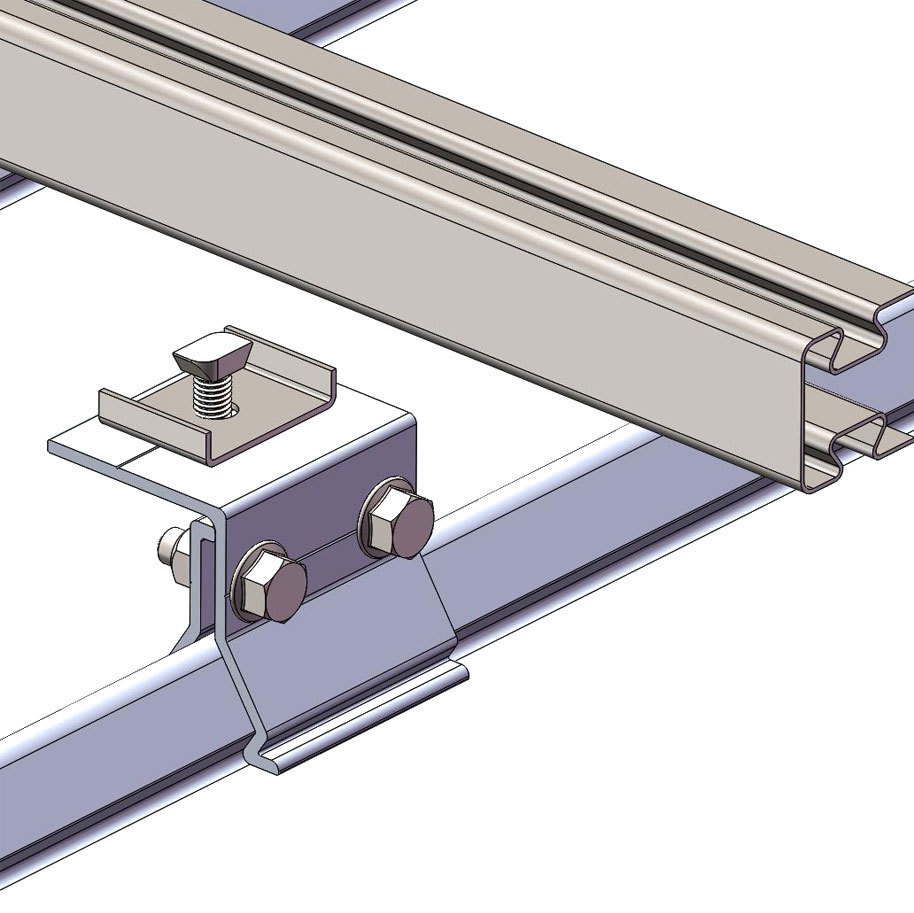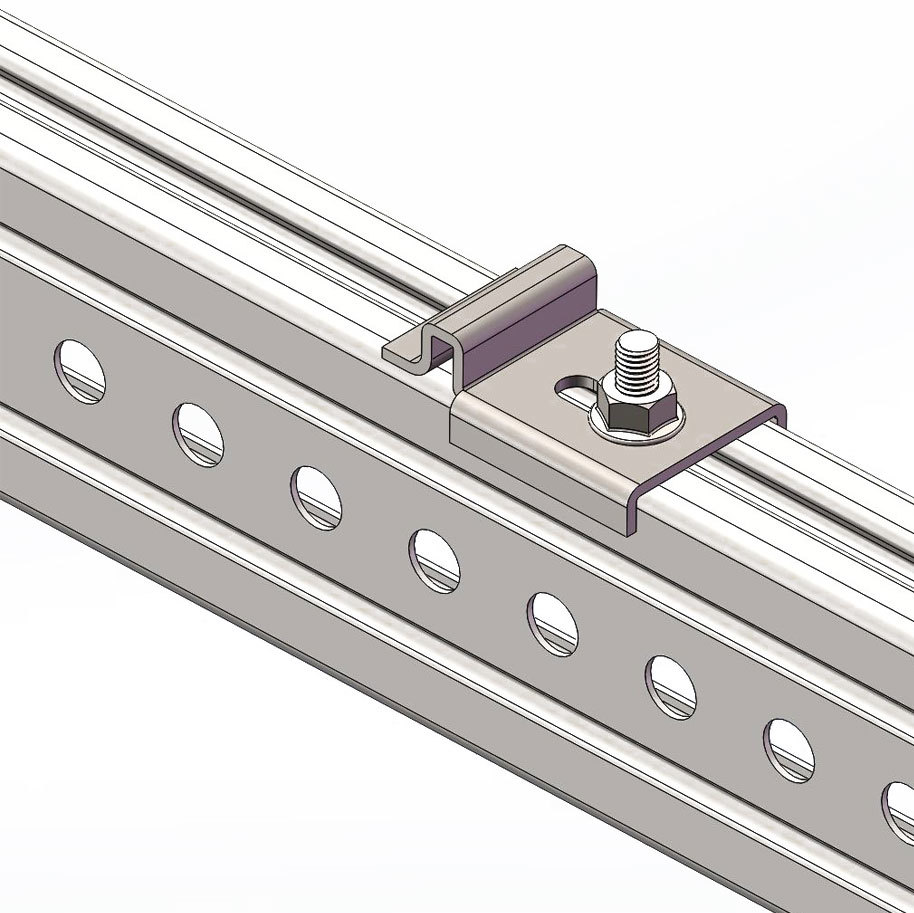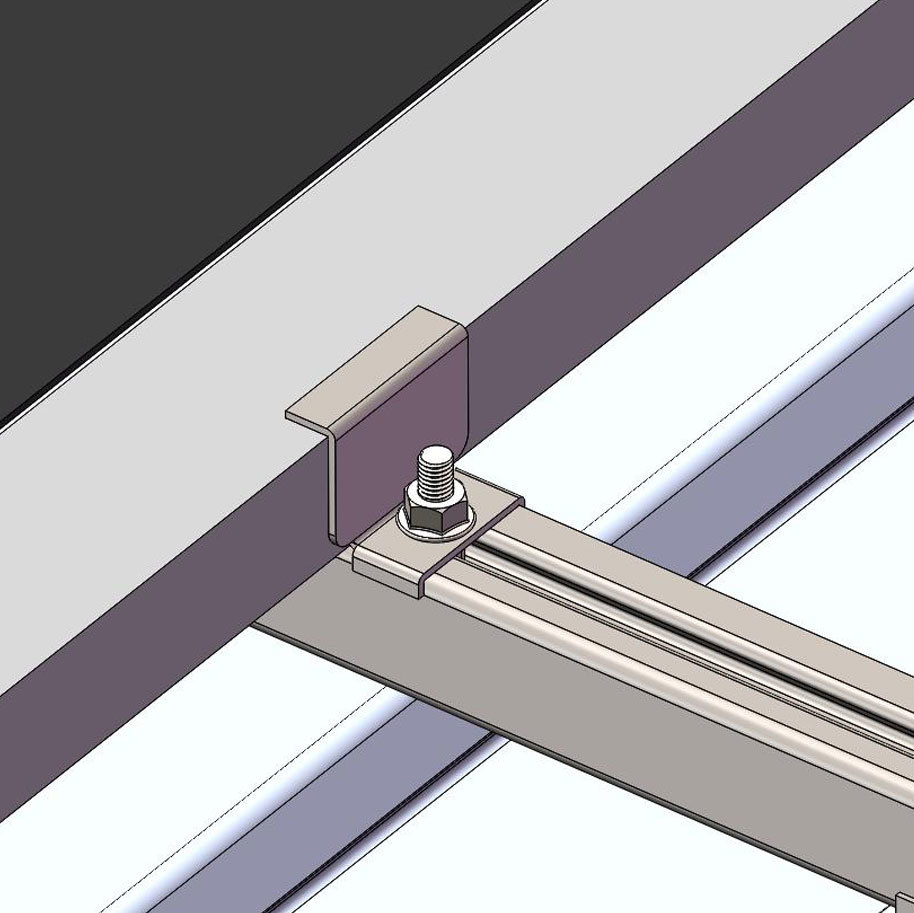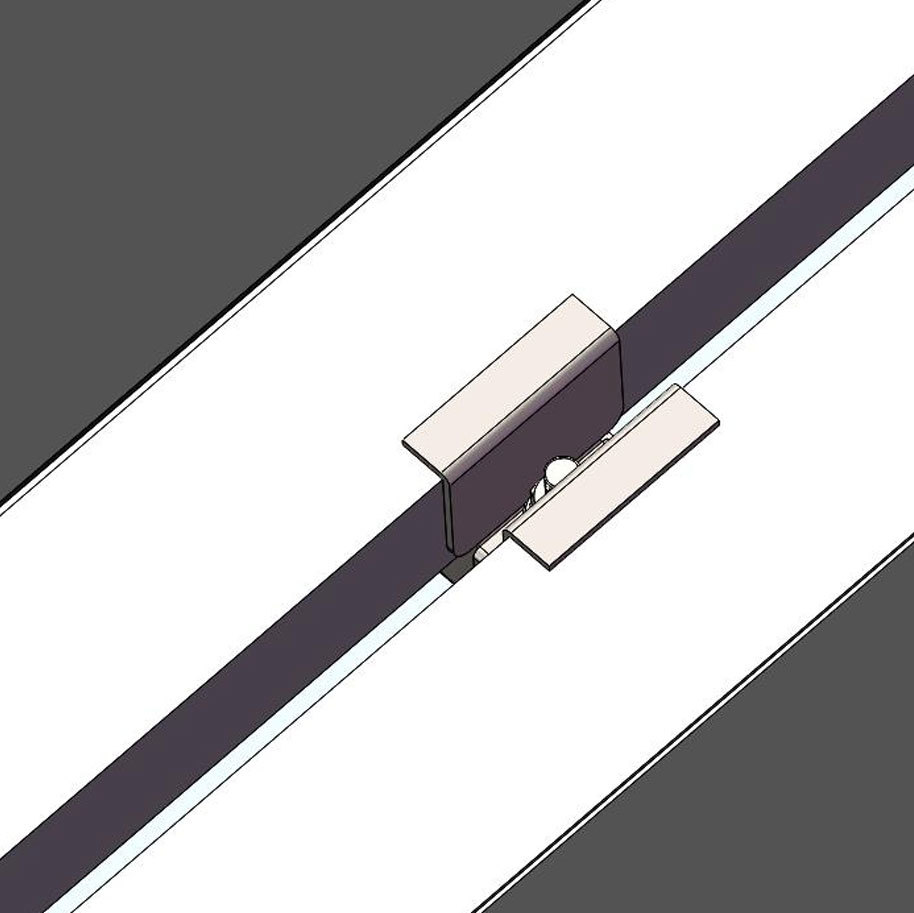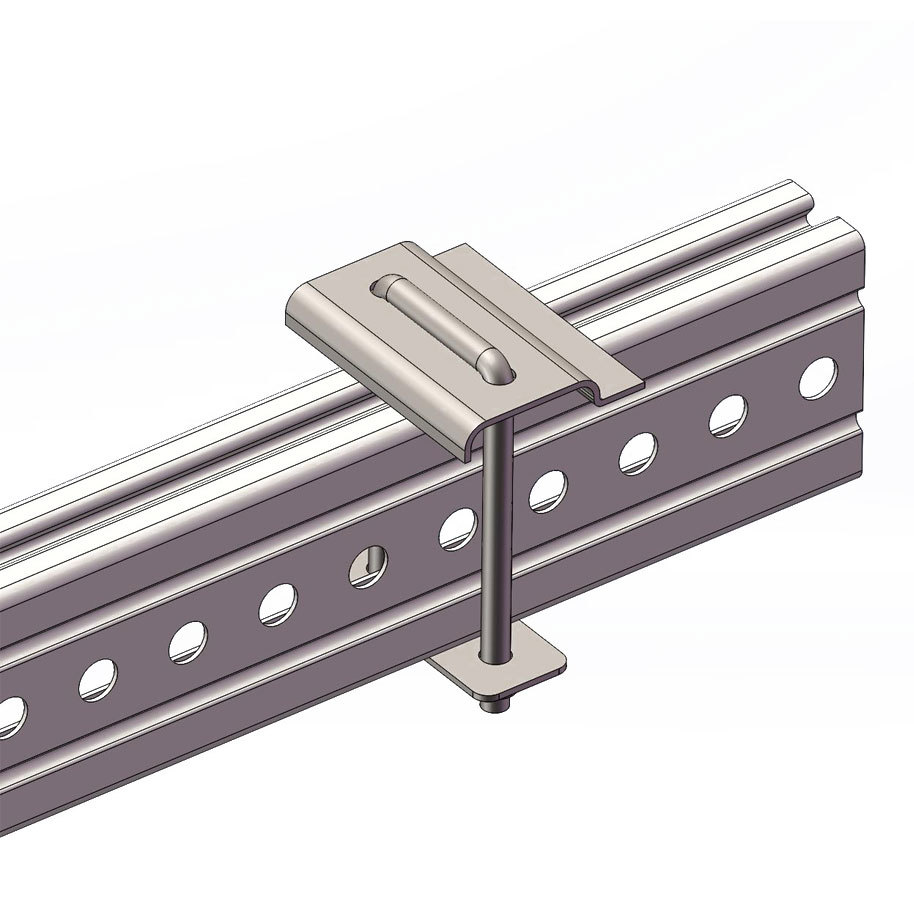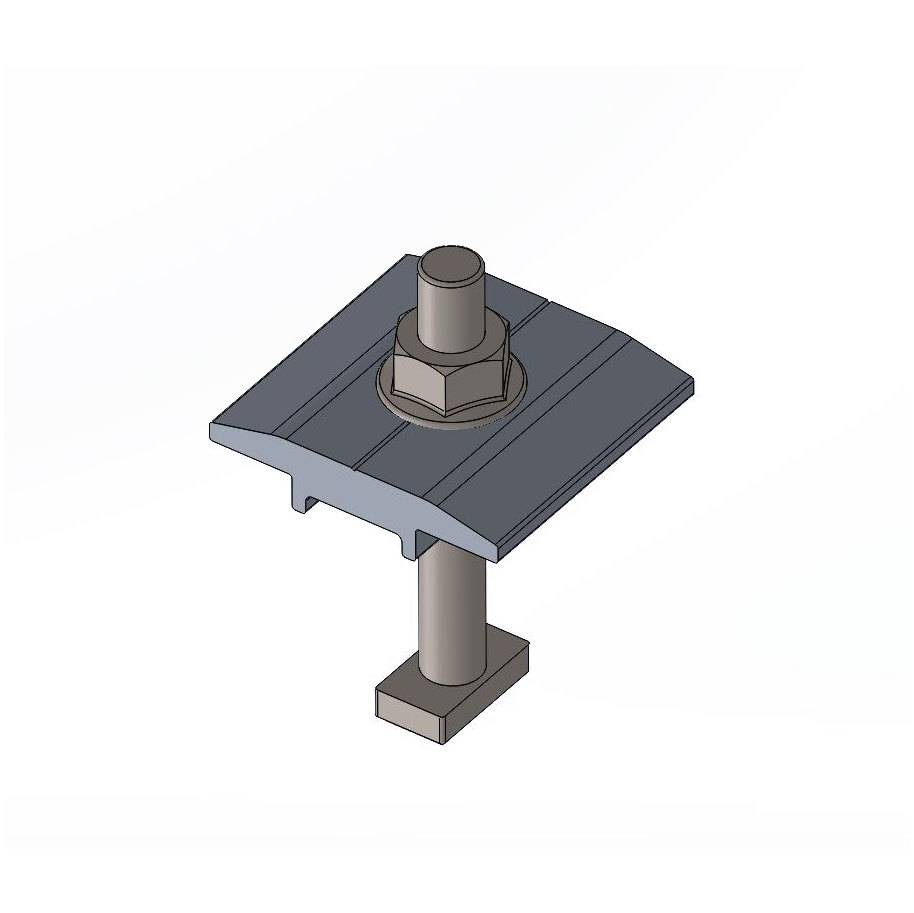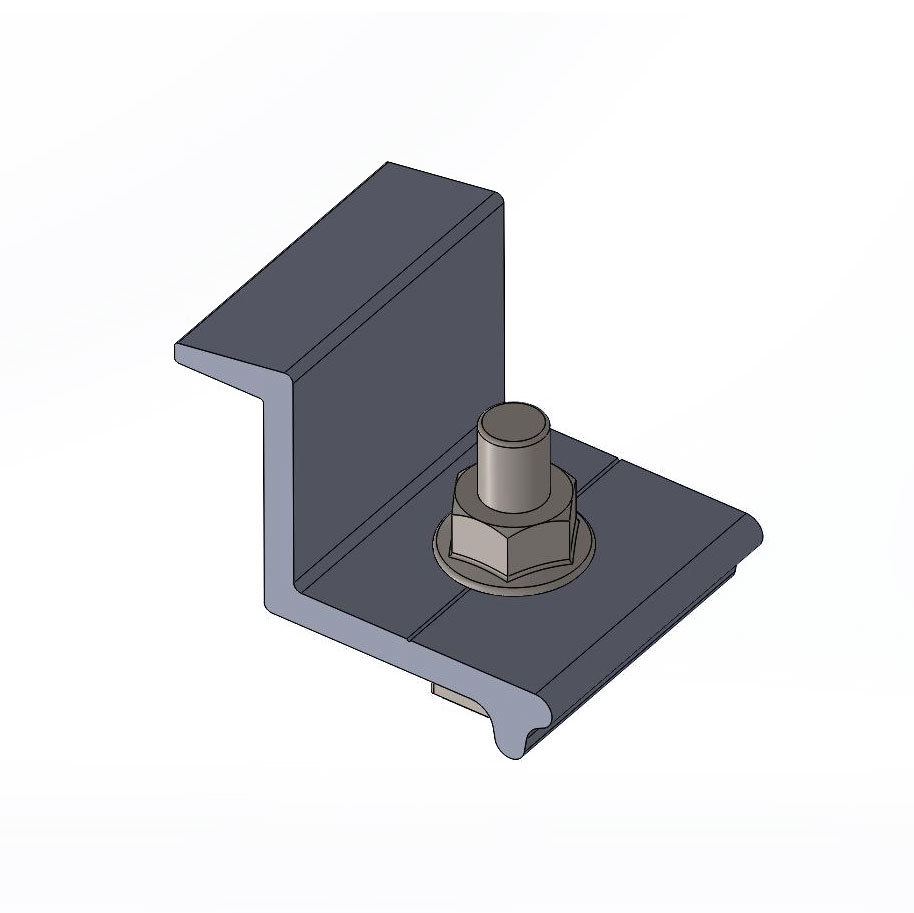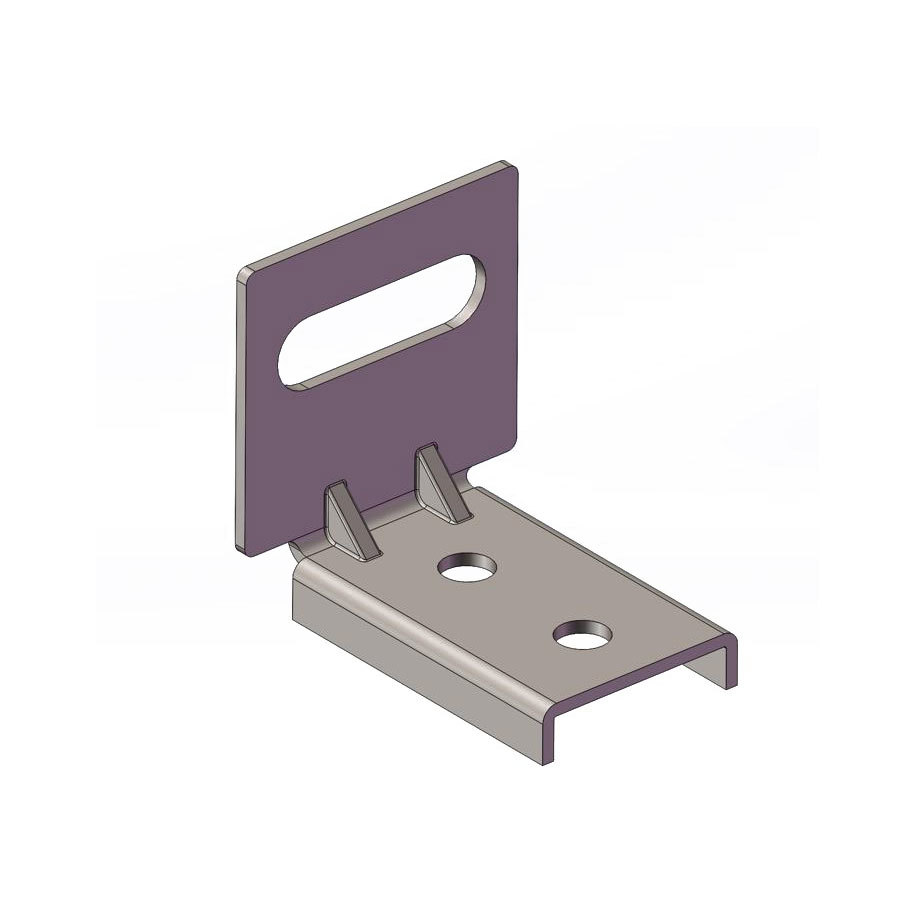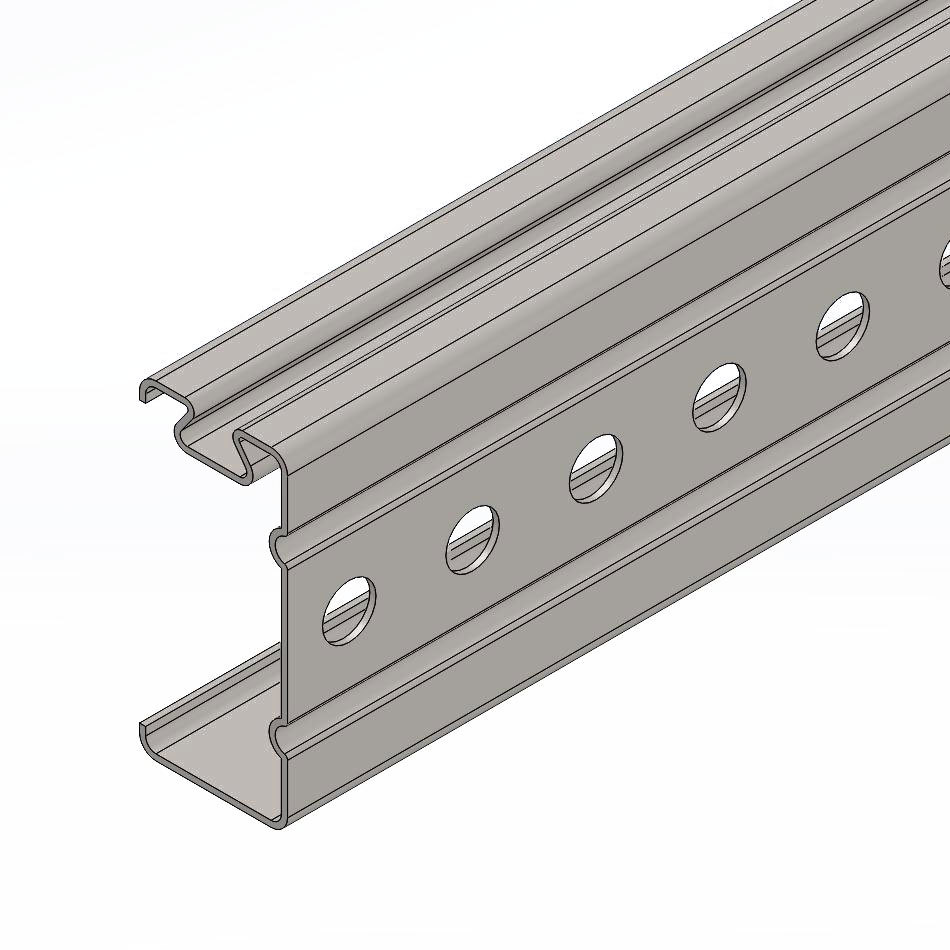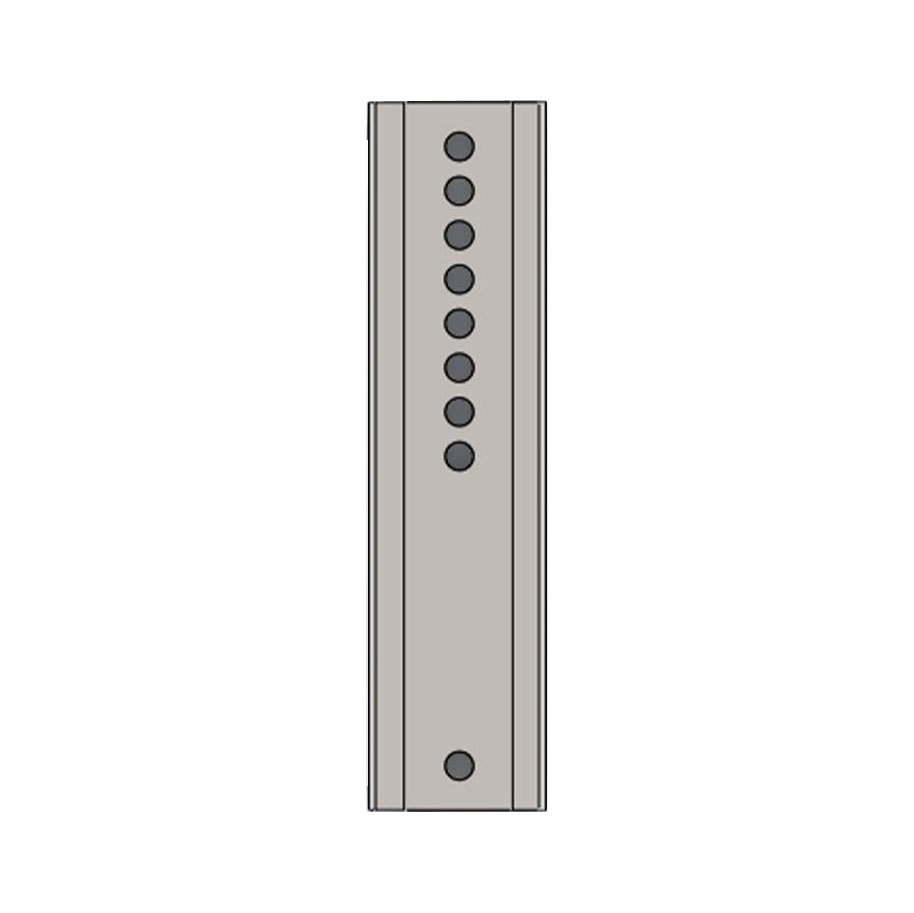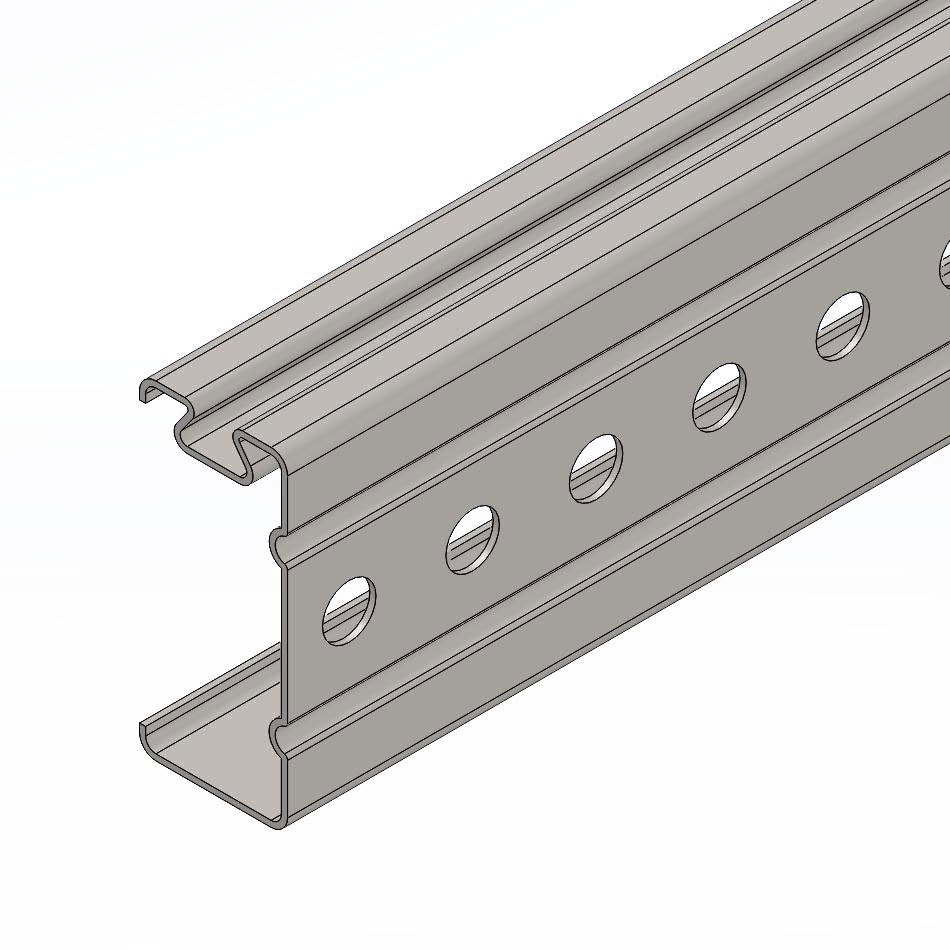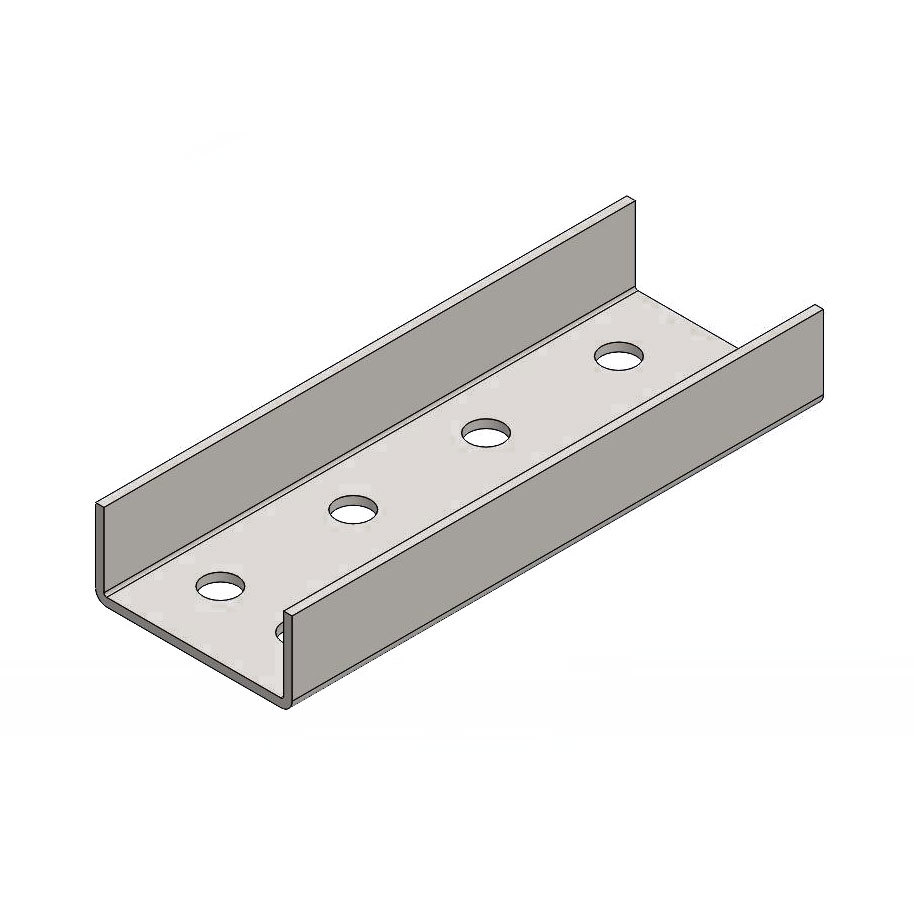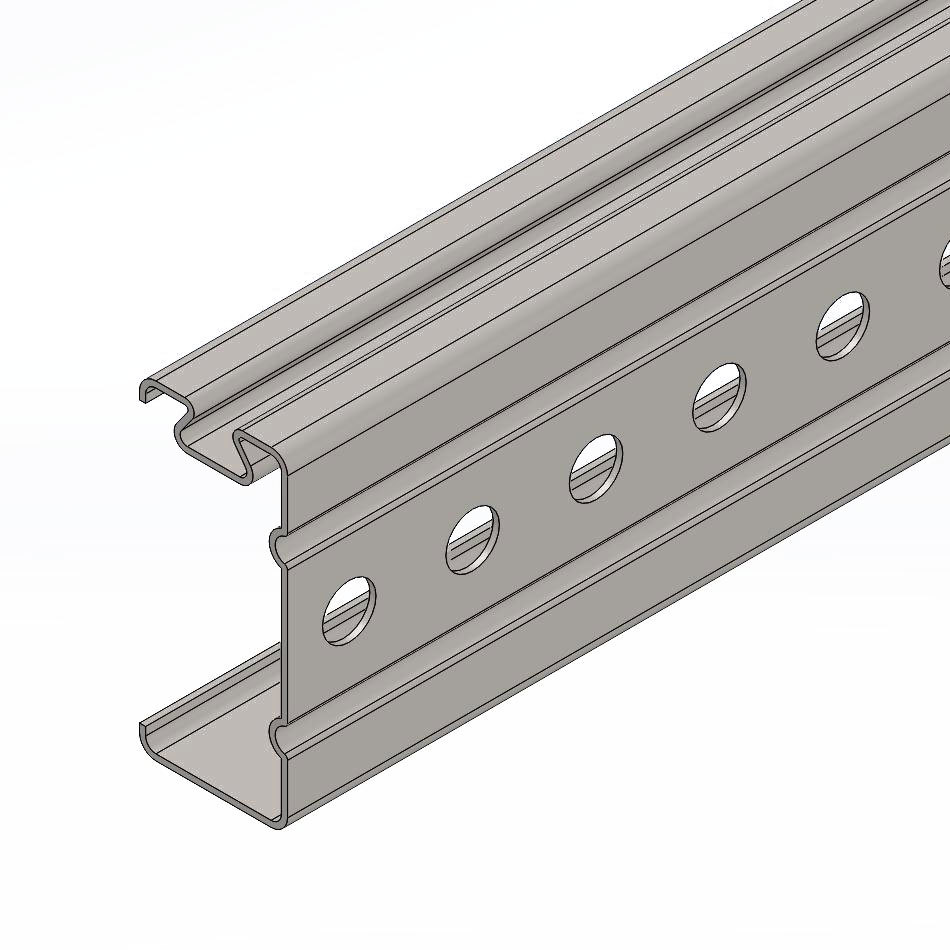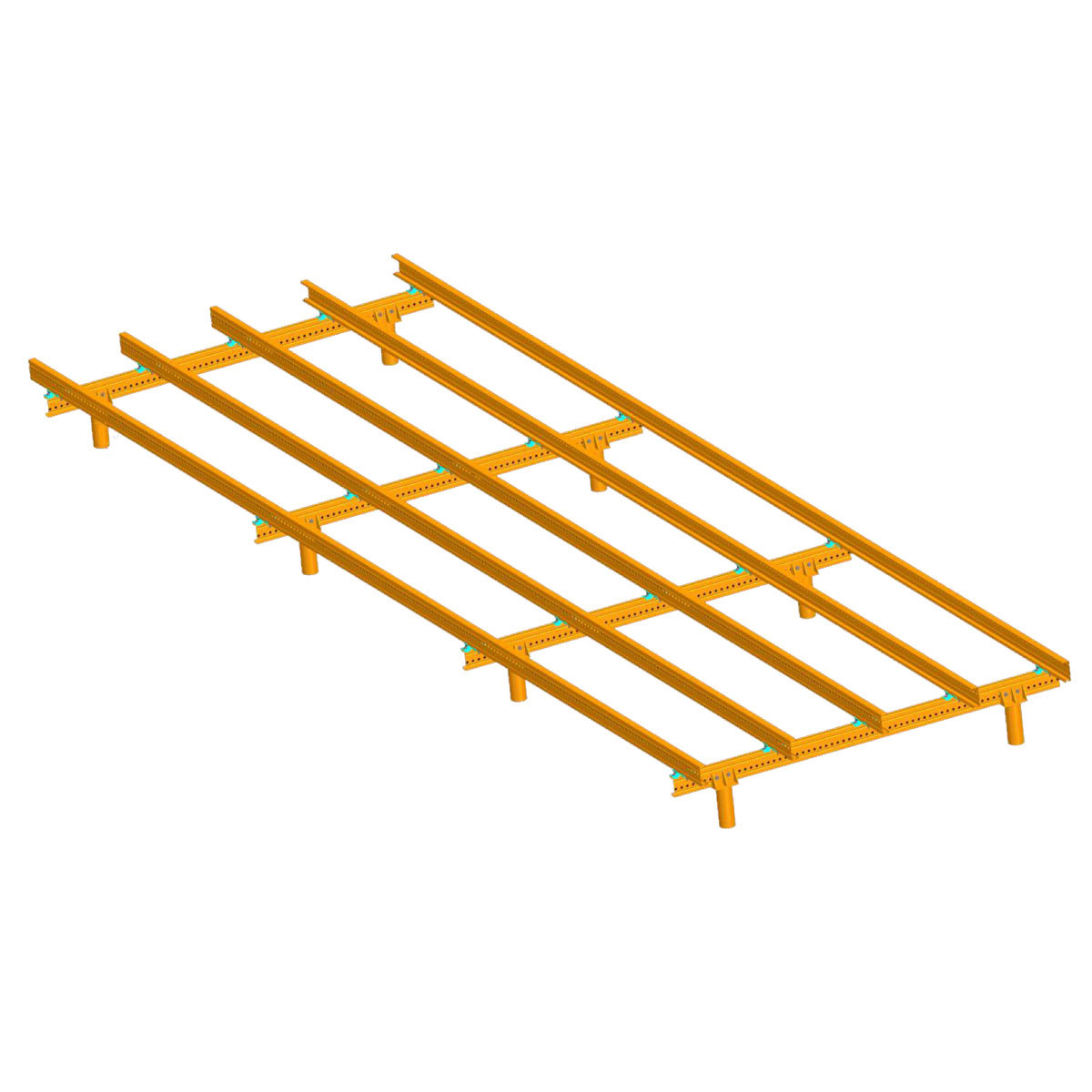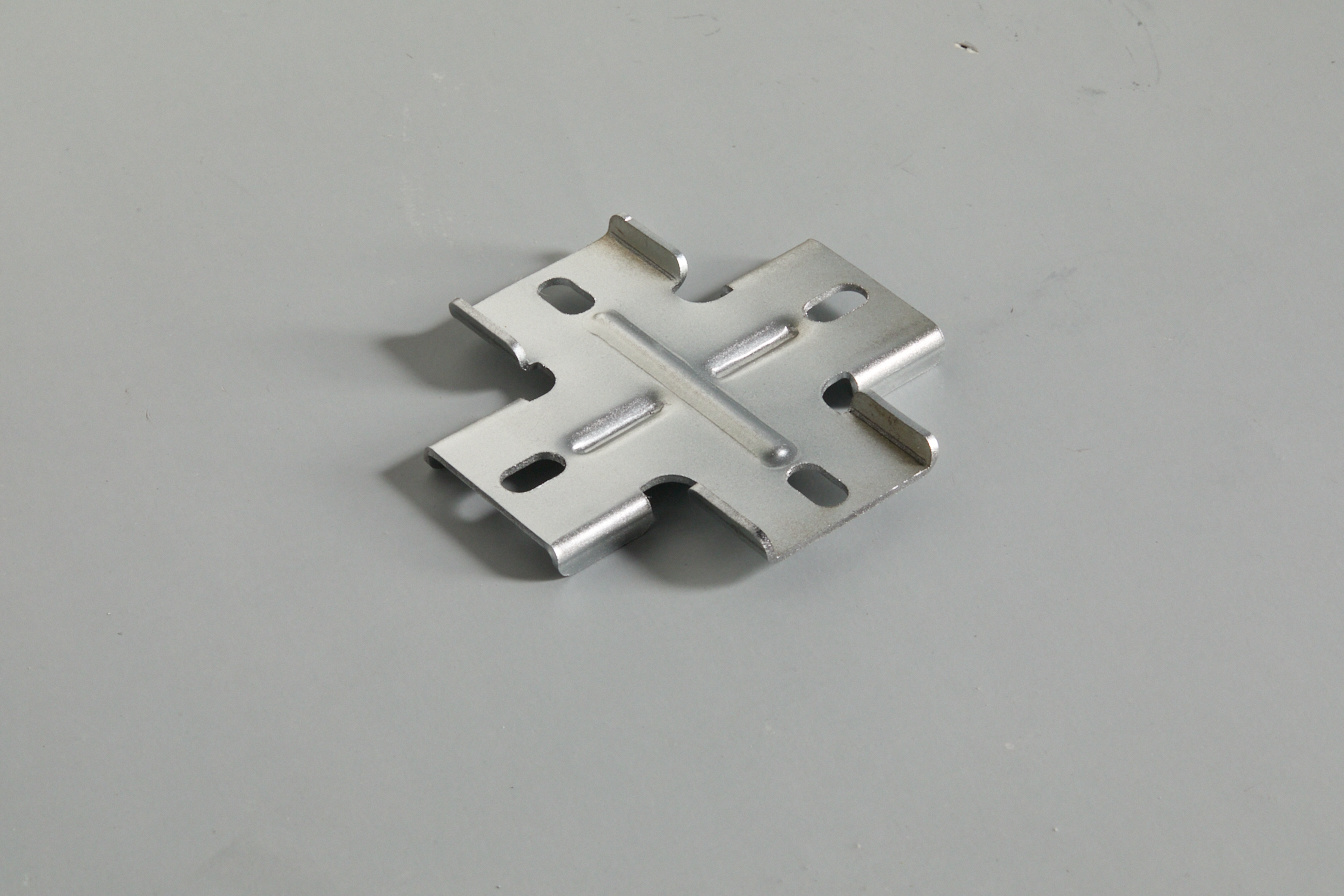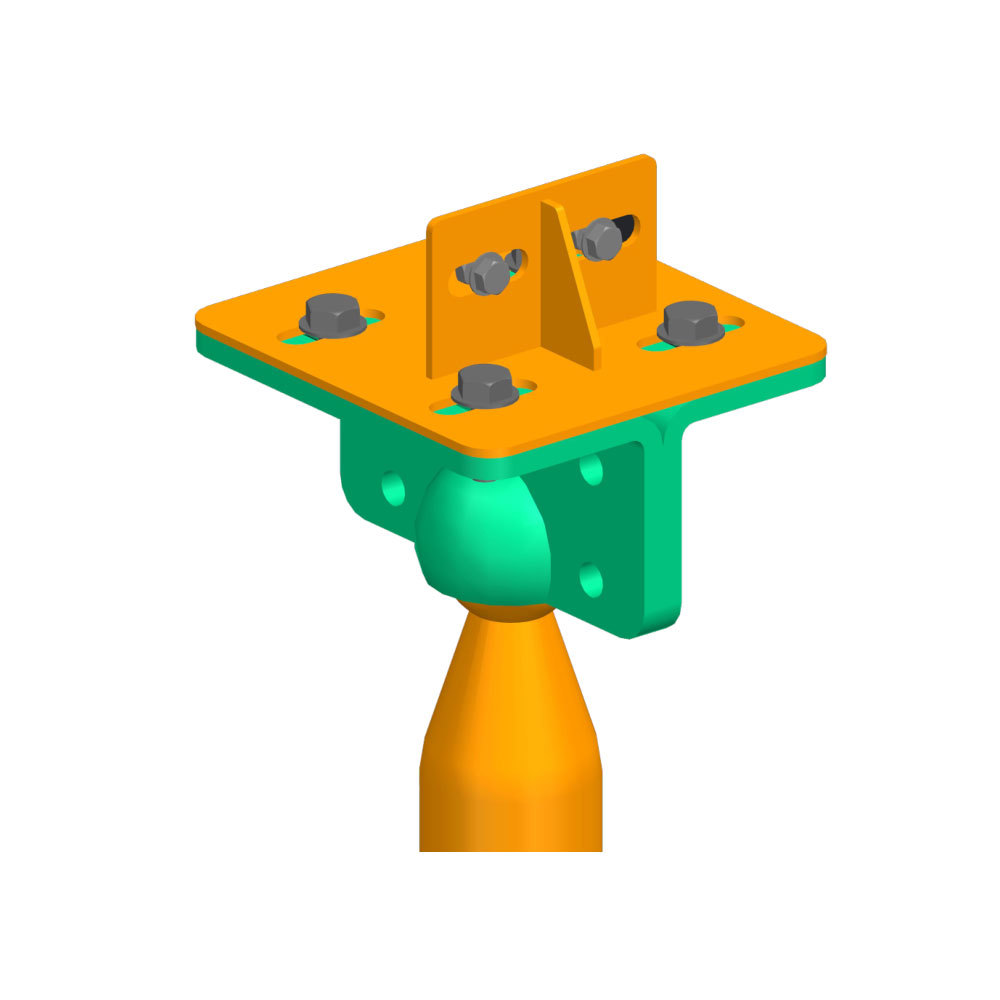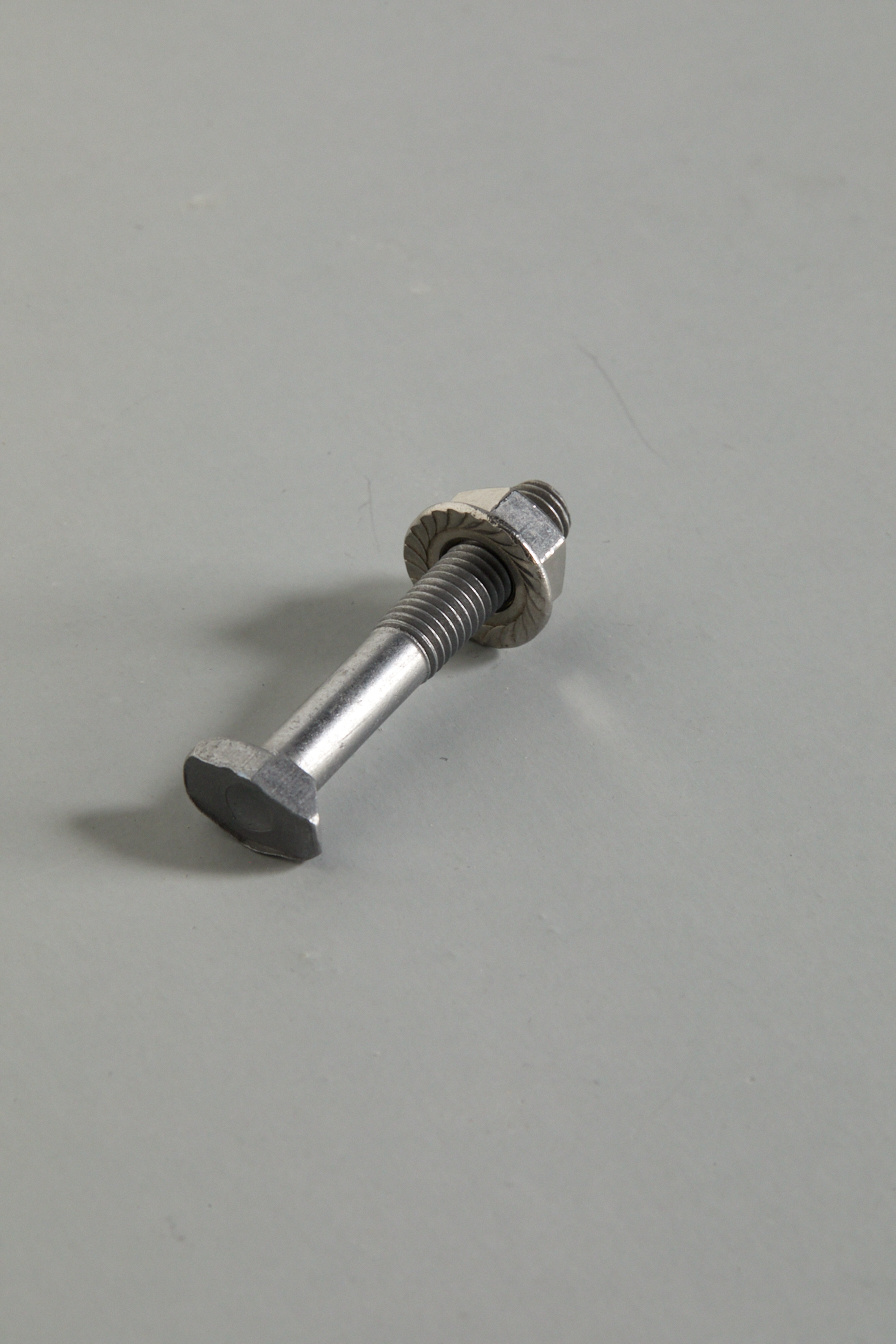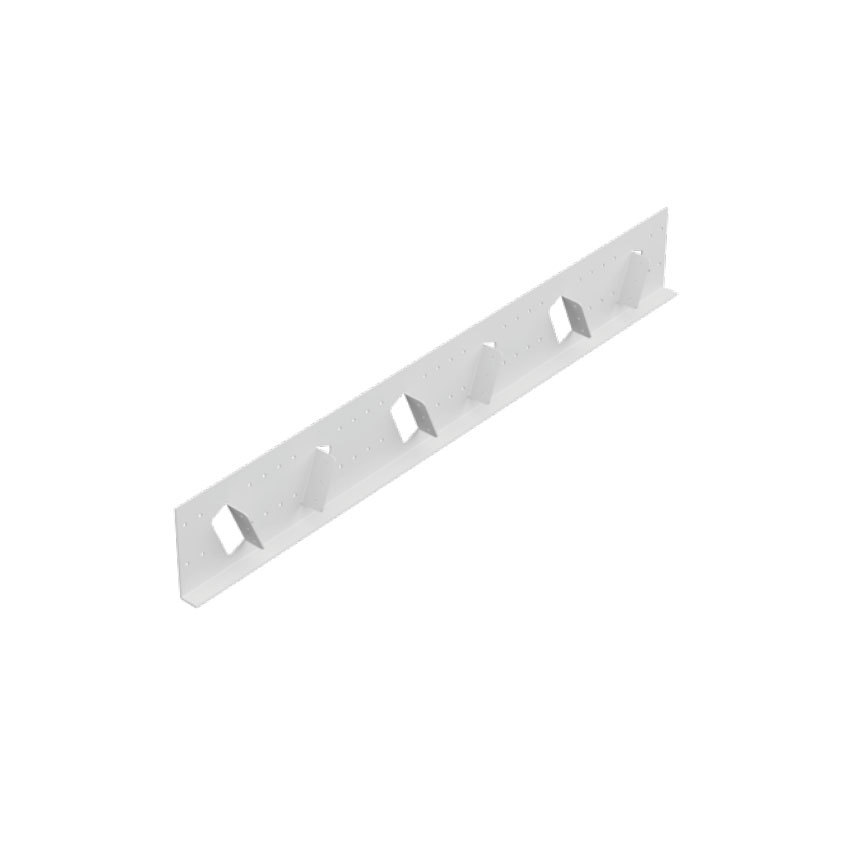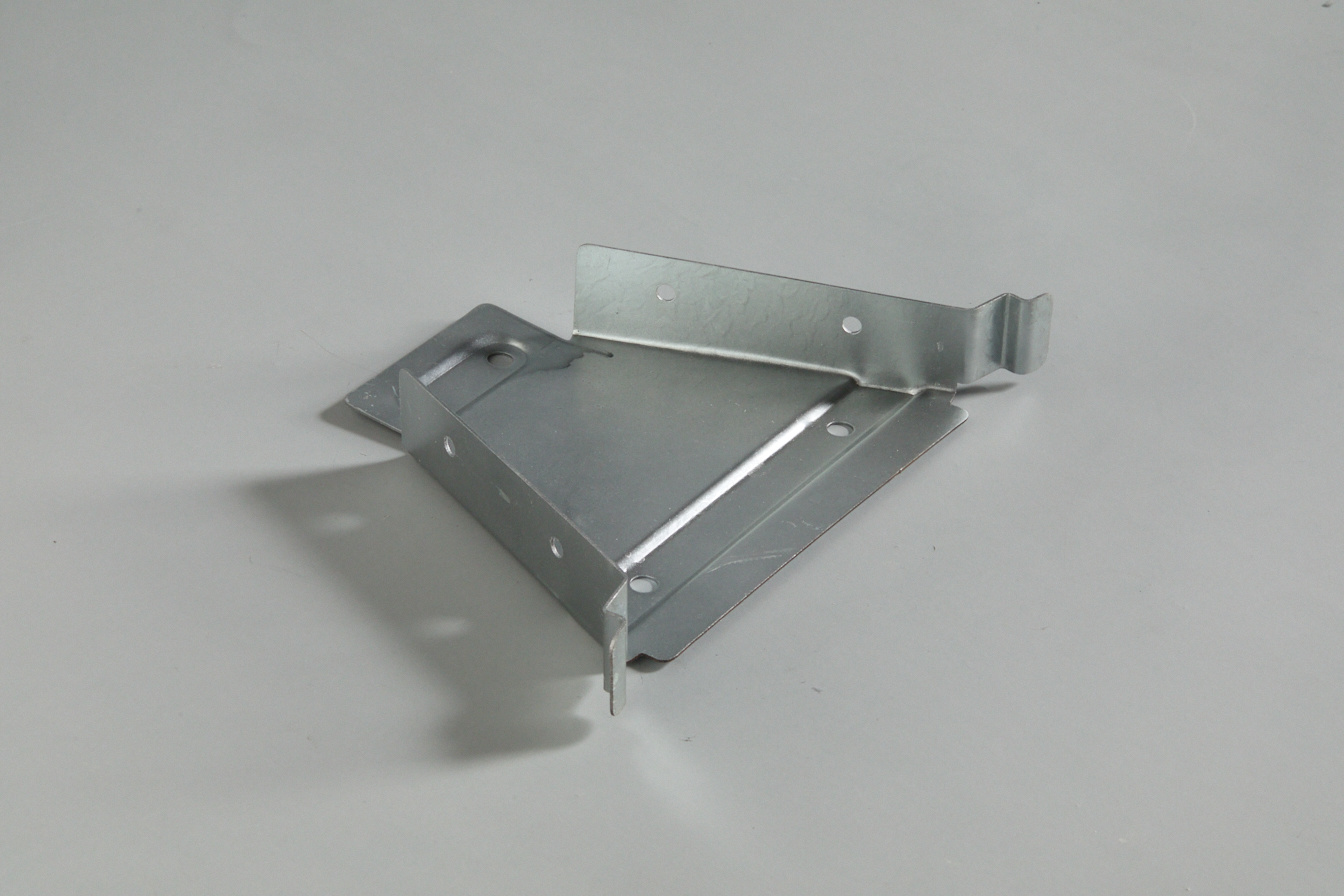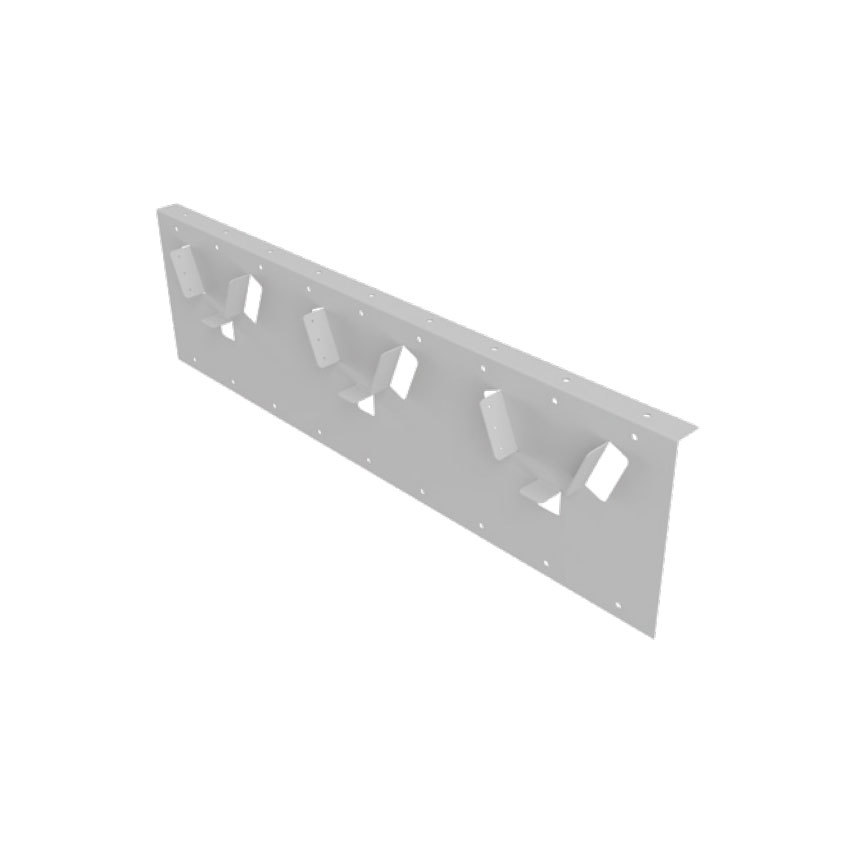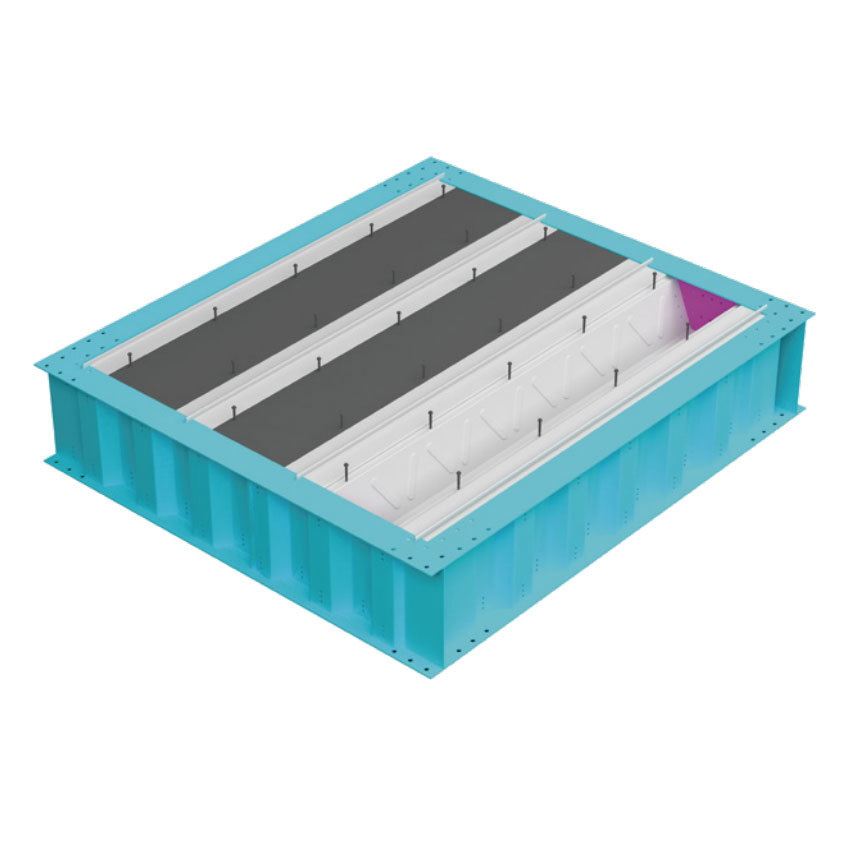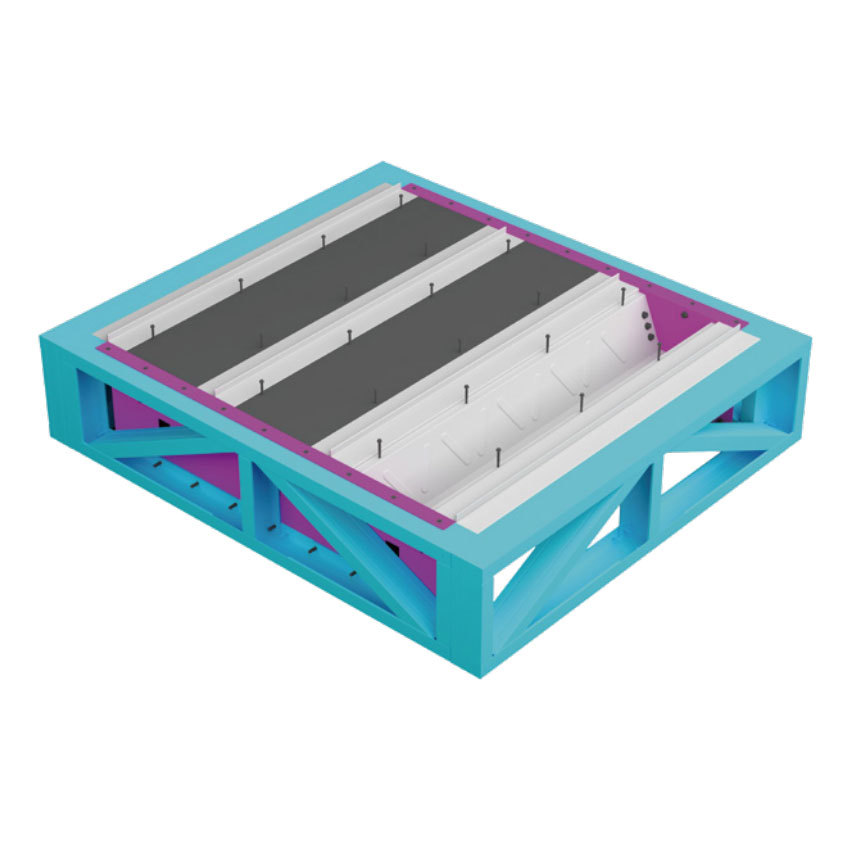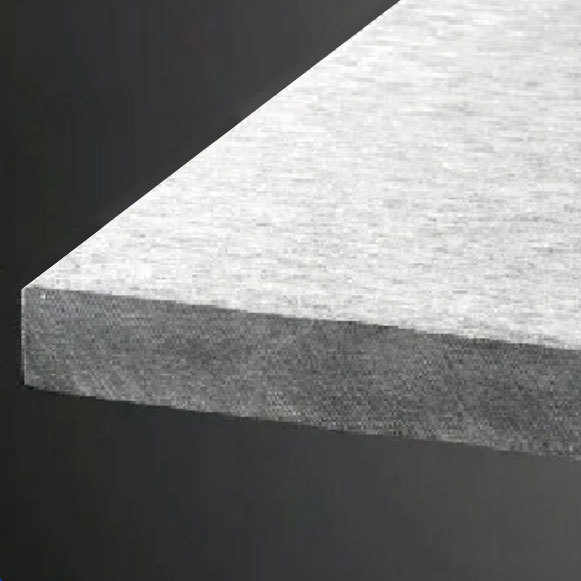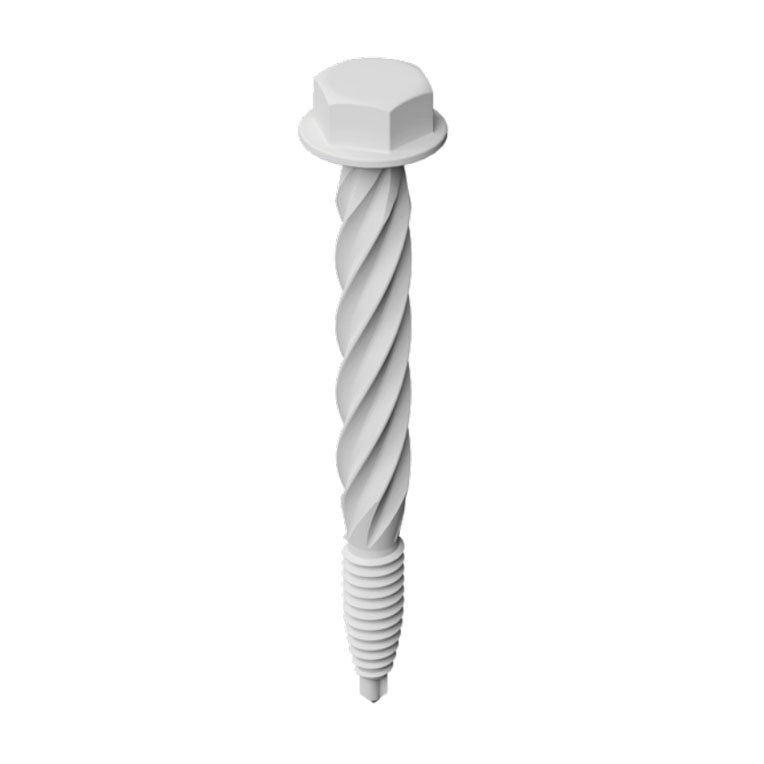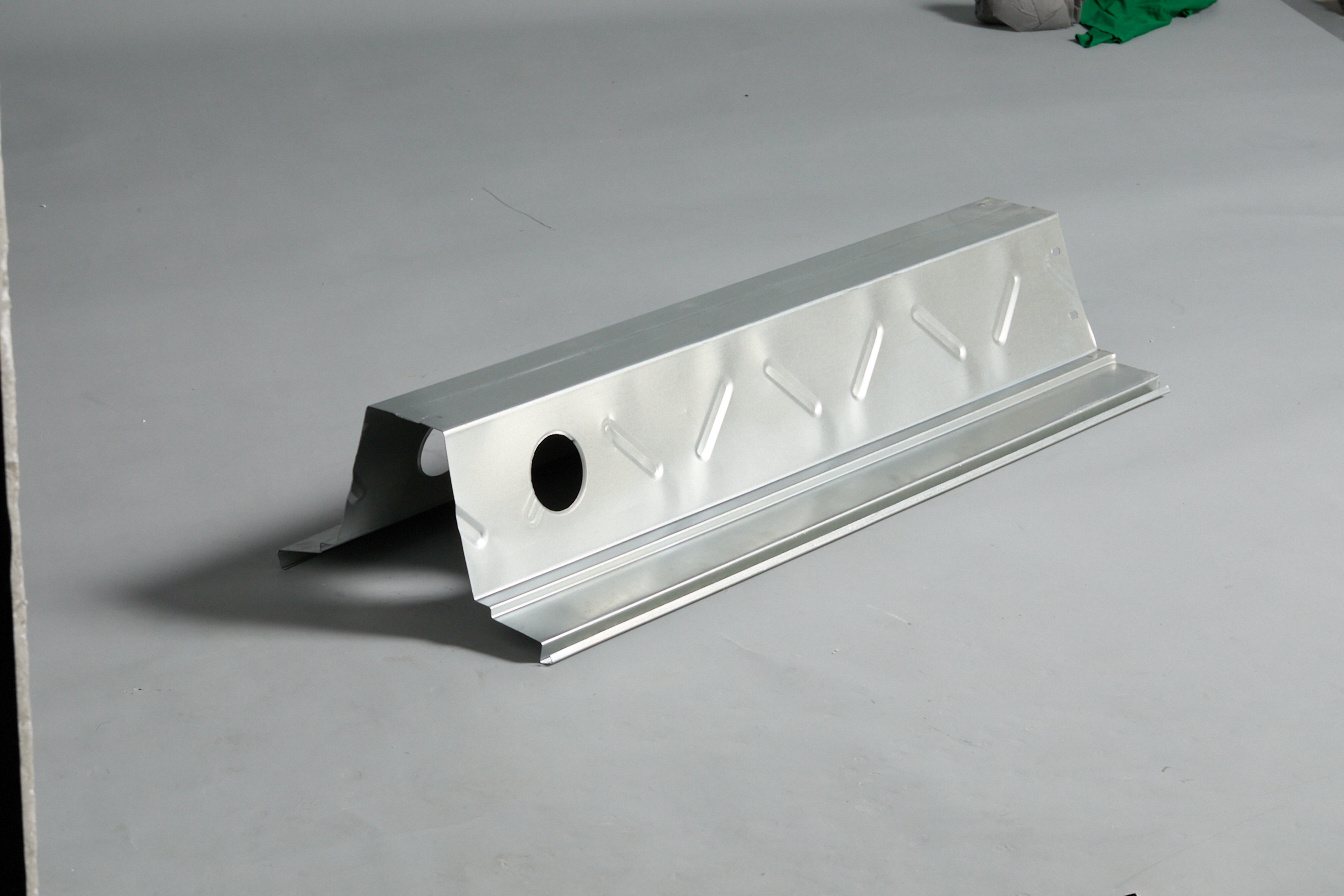The Versatile World of Steel Platforms: A Comprehensive Guide
Release Time:
2025-02-17
Source:
Introduction to Steel Platforms
When it comes to construction and industrial applications, steel platforms are the unsung heroes of the trade. But what’s the deal with these sturdy structures? Let’s dive right in and explore why steel platforms are the go-to choice for so many projects!
What Exactly is a Steel Platform?
A steel platform is essentially a flat surface made of steel, designed to support people, equipment, or materials. Often used in warehouses, factories, and construction sites, these platforms are built to withstand heavy loads and provide a safe working environment. Think of them as the reliable foundation that has your back when the going gets tough!
Why Choose Steel?
Now, you might be wondering, why steel? Well, here’s the scoop! Steel is not only incredibly strong but also highly durable. It can resist various environmental factors, making it an ideal choice for both indoor and outdoor settings. Plus, steel platforms can be customized to fit specific needs, whether you’re looking for something simple or a complex multi-level structure.
Key Benefits of Steel Platforms
- Durability: Steel platforms are built to last, standing strong against wear and tear.
- Cost-Effective: While the initial investment might be higher than other materials, their longevity means they save money in the long run.
- Versatility: These platforms can be tailored to fit any project, whether it’s a small workshop or a large-scale industrial site.
- Safety First: With non-slip surfaces and robust construction, steel platforms prioritize worker safety.
Applications of Steel Platforms
So, where exactly do you find these mighty platforms in action? Here are a few common applications:
- Warehouses: For storage systems that require elevated access, steel platforms are essential.
- Construction Sites: They provide a solid base for scaffolding and temporary structures.
- Manufacturing: In factories, steel platforms can support heavy machinery and assembly lines.
- Outdoor Spaces: Think stages, observation decks, or even rooftops—steel platforms can do it all!
Installation Tips
Installing a steel platform isn’t rocket science, but there are a few things to keep in mind:
- Site Preparation: Ensure the ground is level and stable before installation.
- Use Quality Materials: Don’t skimp on the steel; it’s the backbone of your platform!
- Follow Safety Protocols: Always use safety gear and follow industry standards during installation.
Maintenance Matters
To keep your steel platform in tip-top shape, regular maintenance is a must. Here’s how to go about it:
- Inspect Regularly: Check for signs of wear, rust, or damage.
- Clean It Up: Keep the surface free of debris and spills to prevent accidents.
- Reinforce as Needed: If you notice any weaknesses, don’t hesitate to reinforce the structure.
Conclusion
In a nutshell, steel platforms are indispensable in various industries due to their strength, durability, and versatility. Whether in a warehouse or on a construction site, they provide the support and safety needed to get the job done. So next time you see one, you’ll know the vital role it plays in keeping our work environments safe and efficient!
Related Information

HaoHeng Group
Address: Room 1808, Block A, Vanke Cloud City, Jiemei District, Xiamen City, Fujian Province
Business cooperation:
Copyright © HaoHeng (FuJian) Building Materials Technology Co, Ltd. All rights reserved































